Activities
ASPIRE Undergraduate Engineering Design Challenge 2025
- Date:
- June 23 - June 27, 2025
- Hosted by:
- Science Tokyo
The ASPIRE Undergraduate Engineering Design Challenge (UEDC) 2025, an international workshop for undergraduate students in the ASPIRE League*, of which Science Tokyo is a member, was held over a five-day period from Monday, June 23, to Friday, June 27. The ASPIRE League is a consortium of top science and engineering universities in Asia. It was established in 2009 under the leadership of Science Tokyo (formerly Tokyo Tech) with the aim of creating an innovation hub in the region. Continuing from last year, Science Tokyo also hosted this year’s event, which was held in person at Ookayama campus.
This program was planned and implemented by Professor Kazuaki Inaba (Department of Transdisciplinary Science and Engineering, School of Environment and Society) together with Associate Professor Masaki Yagisawa (Department of International Design Management, School of Management, Tokyo University of Science) as a workshop where students can learn the basics of engineering design.
A total of 26 undergraduate students participated in this workshop: 8 students from Science Tokyo, and 18 students from Korea Advanced Institute of Science and Technology (KAIST), Hong Kong University of Science and Technology (HKUST), Nanyang Technological University (NTU Singapore) and Tsinghua University.

Workshop Schedule
Workshop
As with the 2024 program, the aim of this year's UEDC was to understand the five basic steps of design thinking — empathy, definition, conception, prototyping, and testing — while exploring new designs and services. Students worked in groups to design a product, system, or service inspired by a Japanese cultural or seasonal event, and intended for a Japanese audience. The students were divided into five groups from different universities, and began by researching Japanese events and comparing them to those in their own countries. Each team chose a unique event such as hanami, fireworks, setsubun, or Japanese-style Valentine’s Day, then interviewed Japanese participants about the occasion, and repeatedly tested their ideas, making them tangible through prototypes before finalizing their product or service proposals for presentation on the final day.
During the workshop, Professor Shigeki Saito, Professor Miki Saijo, Associate Professor Takumi Ohashi, and Assistant Professor Yuki Taoka — all of whom belong to the Department of Transdisciplinary Science and Engineering at the School of Environment and Society — made comments on and gave advice at three feedback meetings regarding each team's activities, after which the participants refined their ideas for their final presentations. In addition, seven students from Science Tokyo joined each team as teaching assistants to support team discussions.
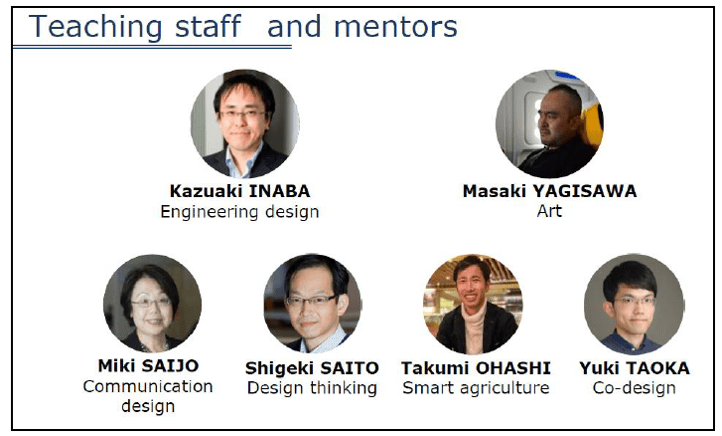
Faculty members
Day 1 of the Workshop – Commemorative Photo
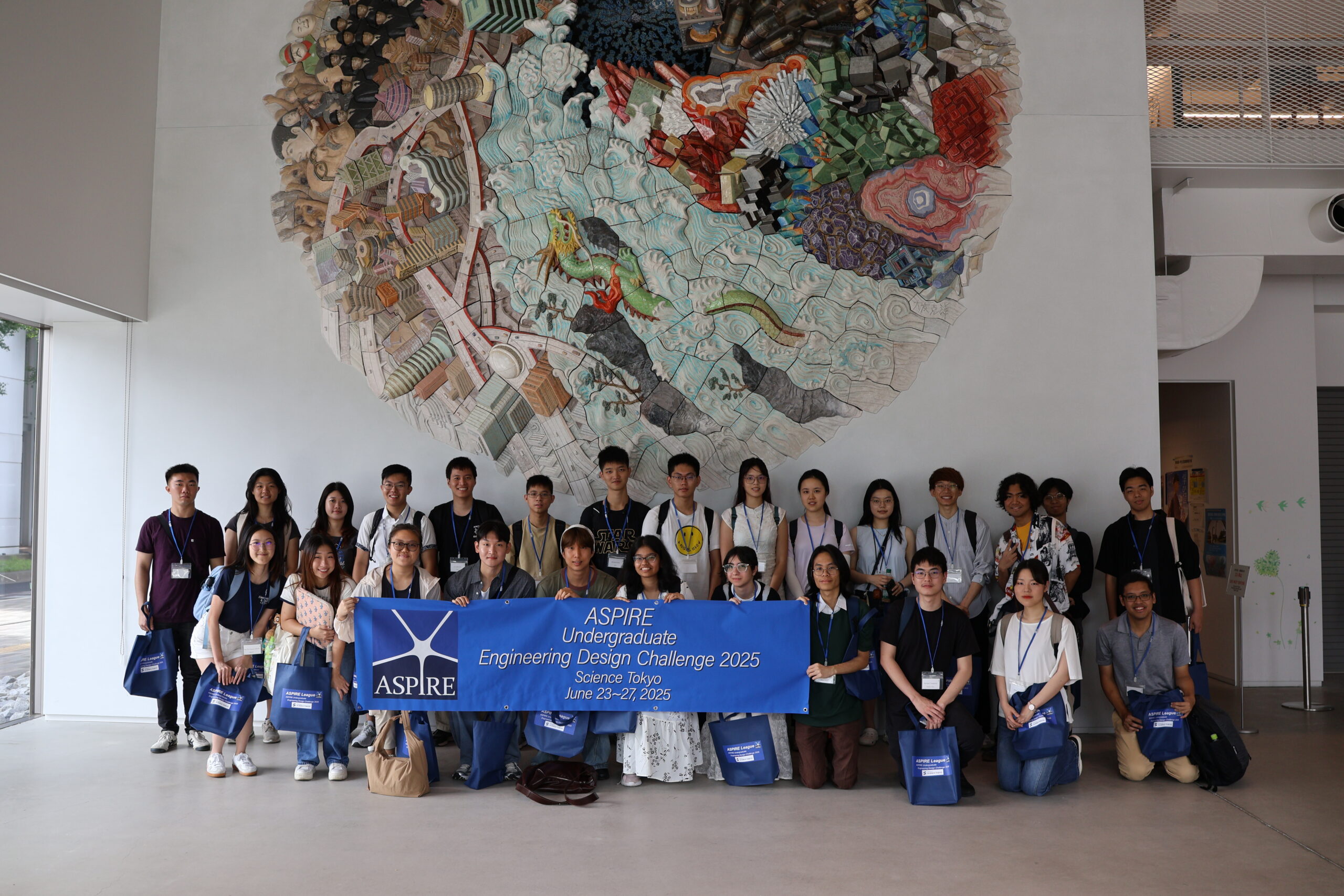
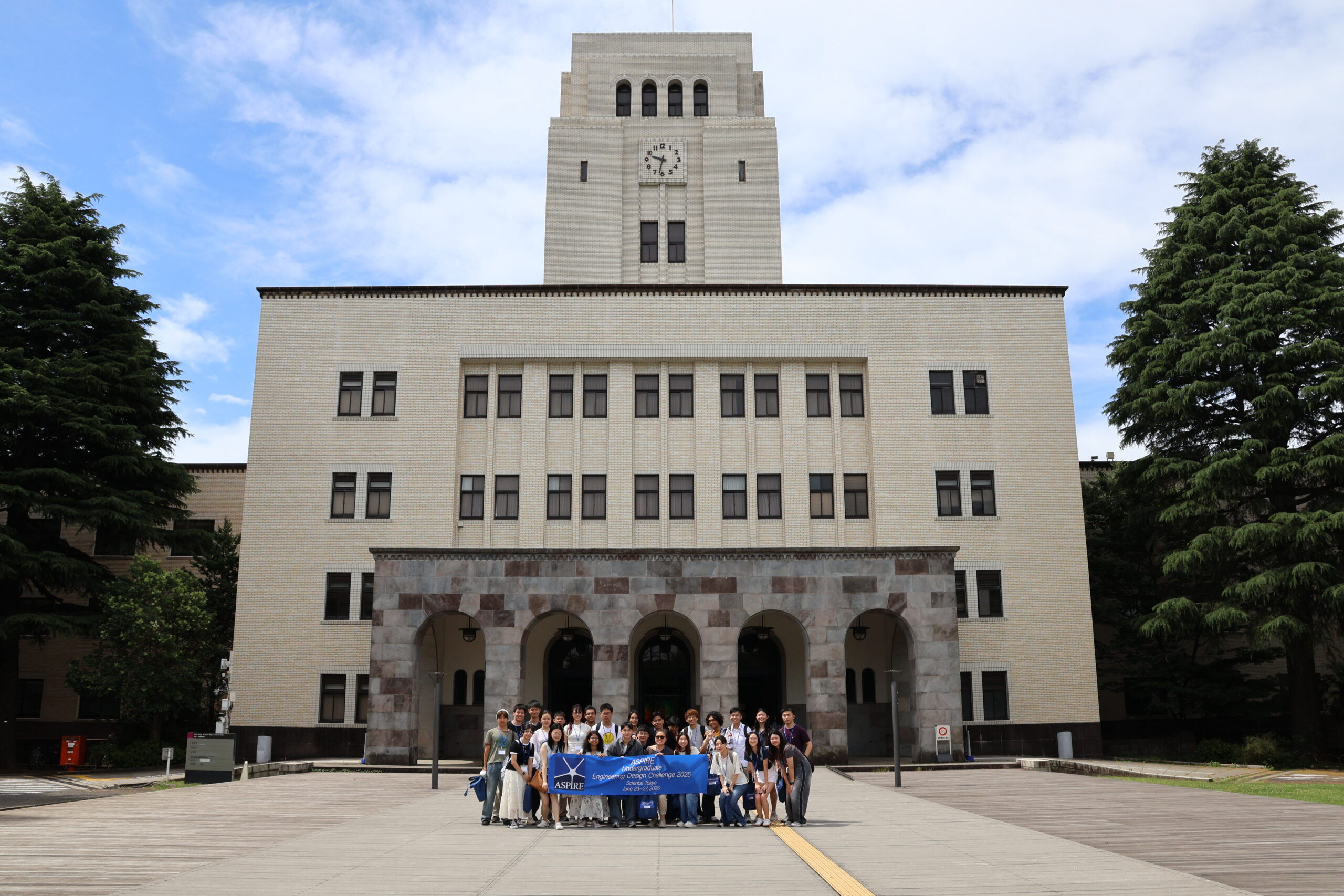
Activities of participating students

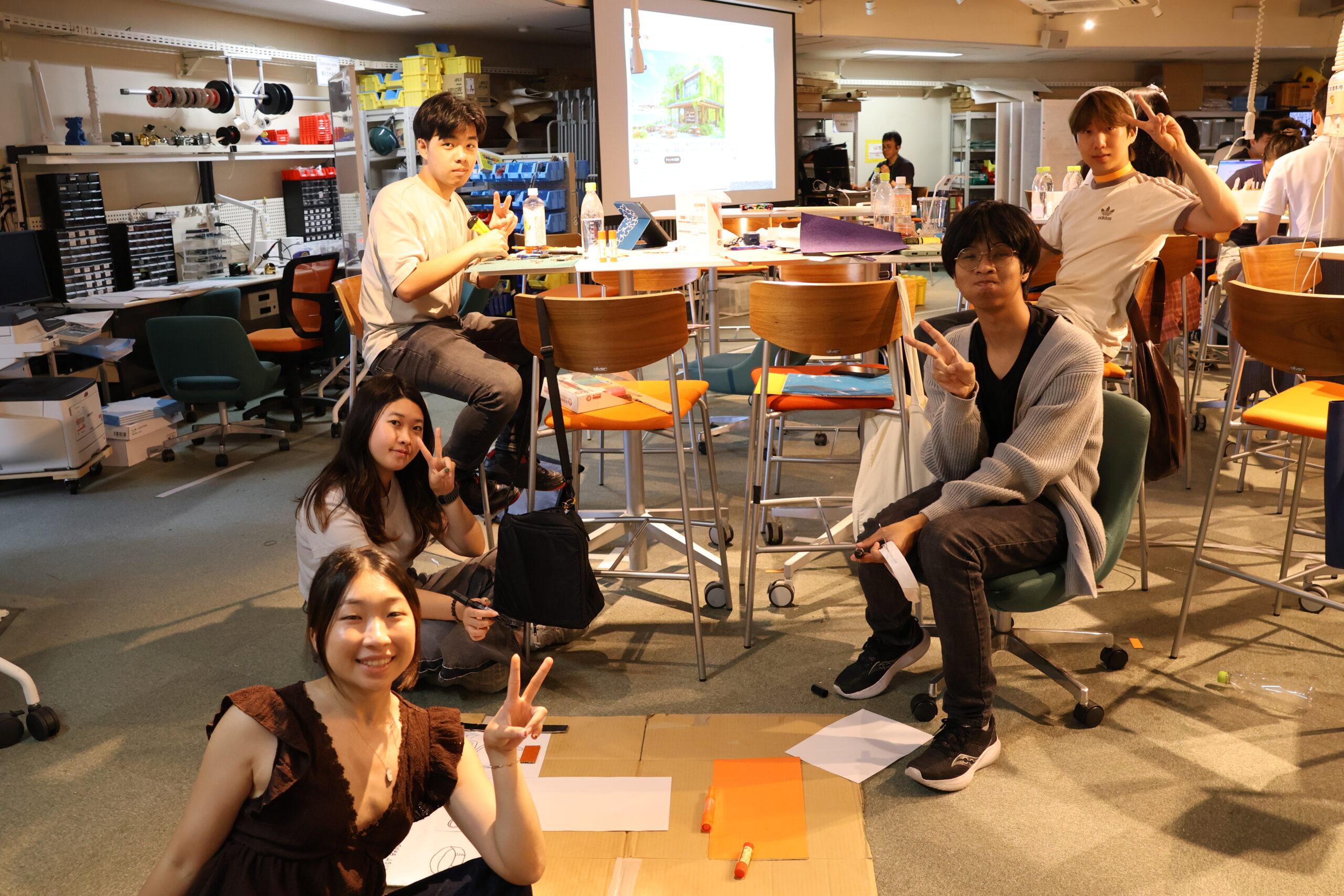
Each team consisted of five to six members, and under the guidance of a Teaching Assistant, all team members worked together to realize their ideas until the final presentation on the last day of the program.
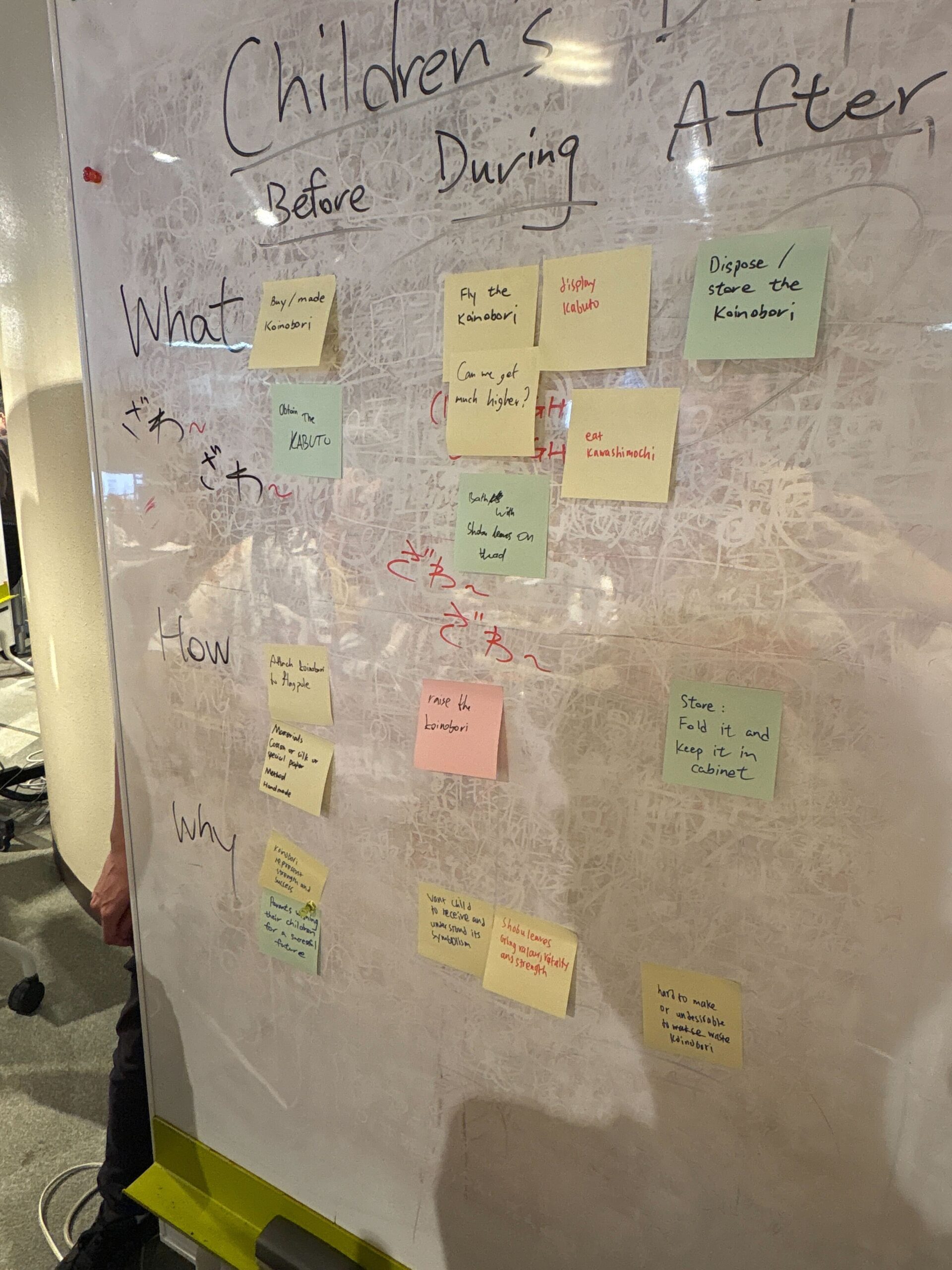
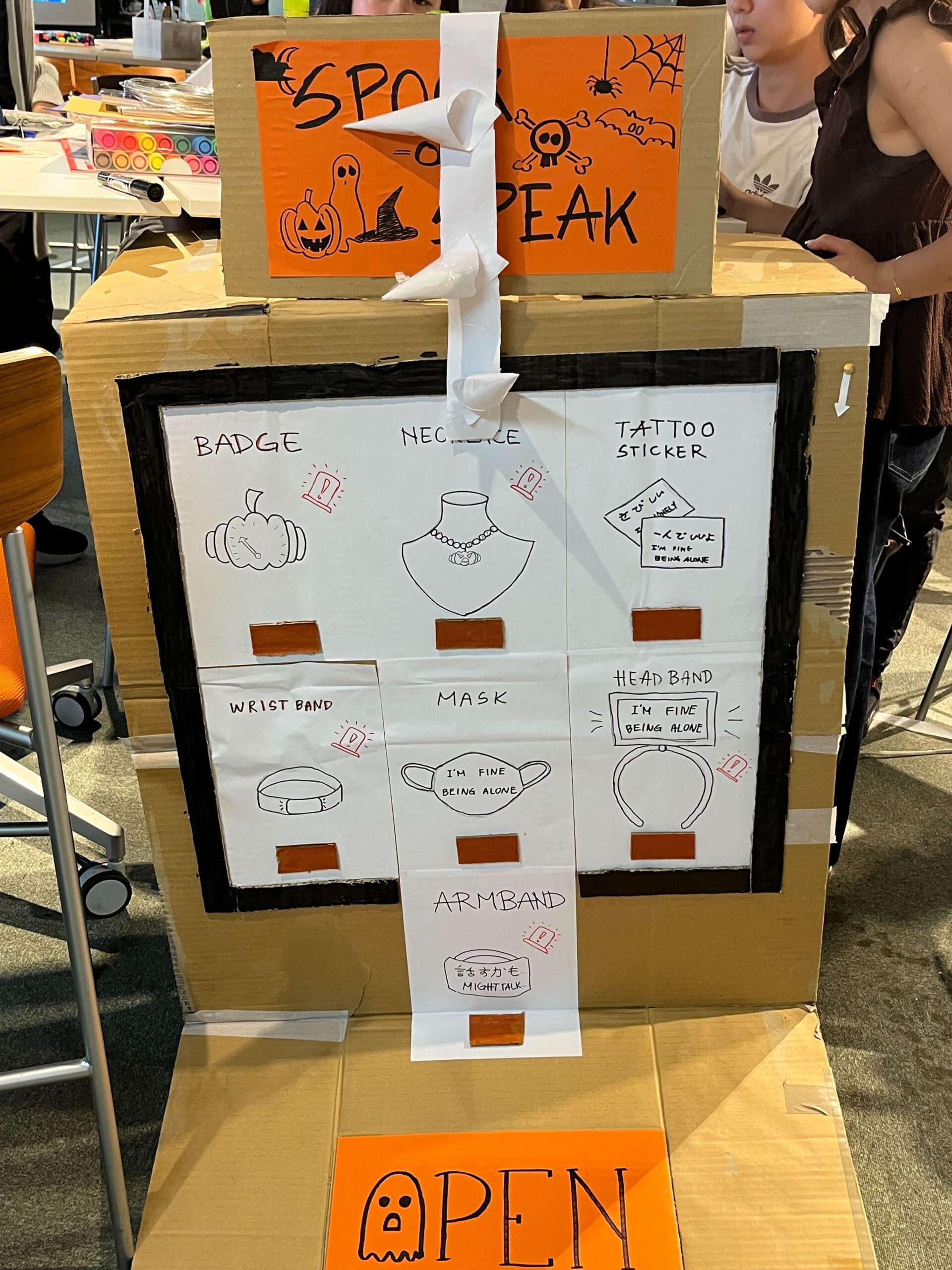
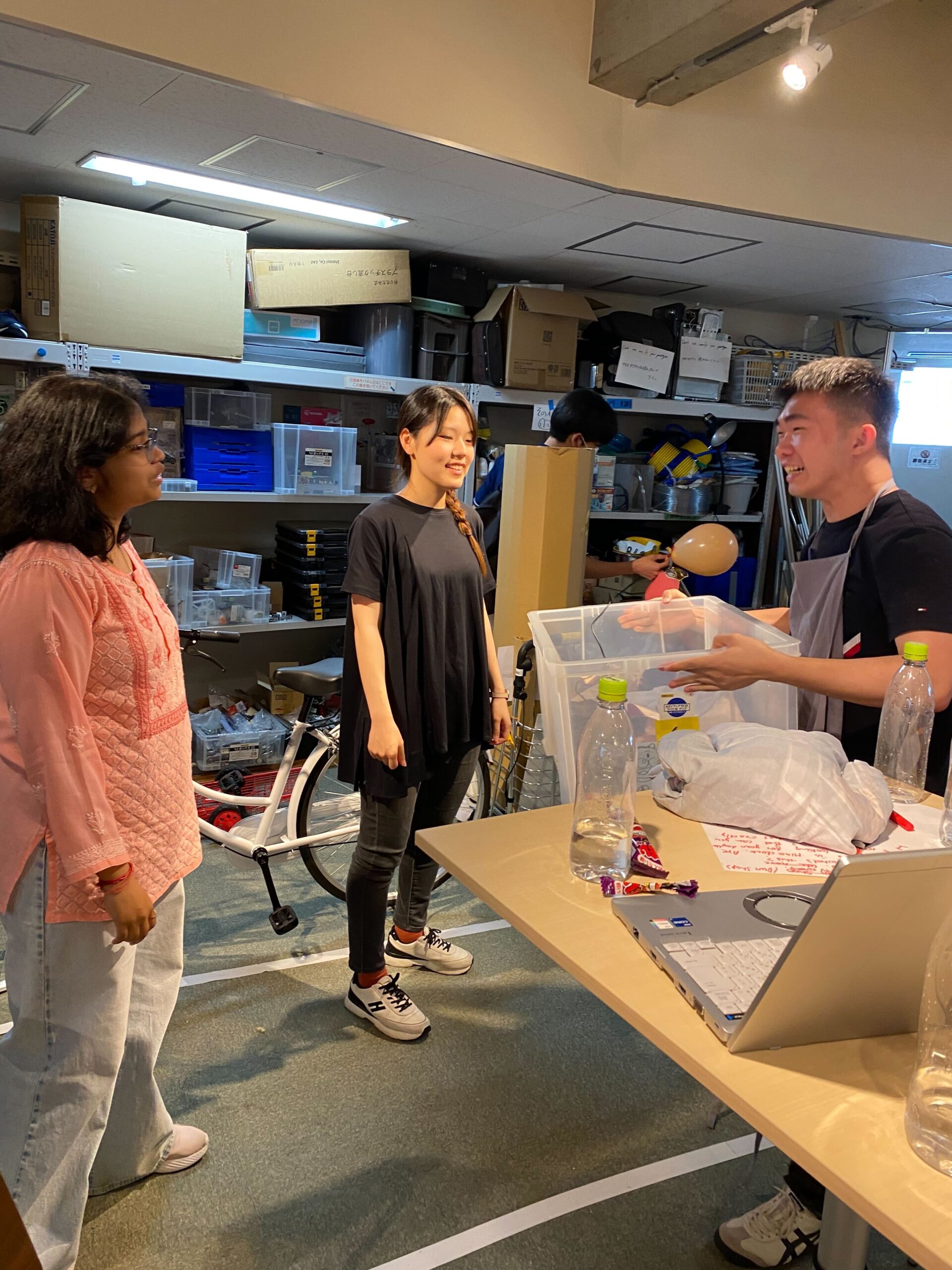
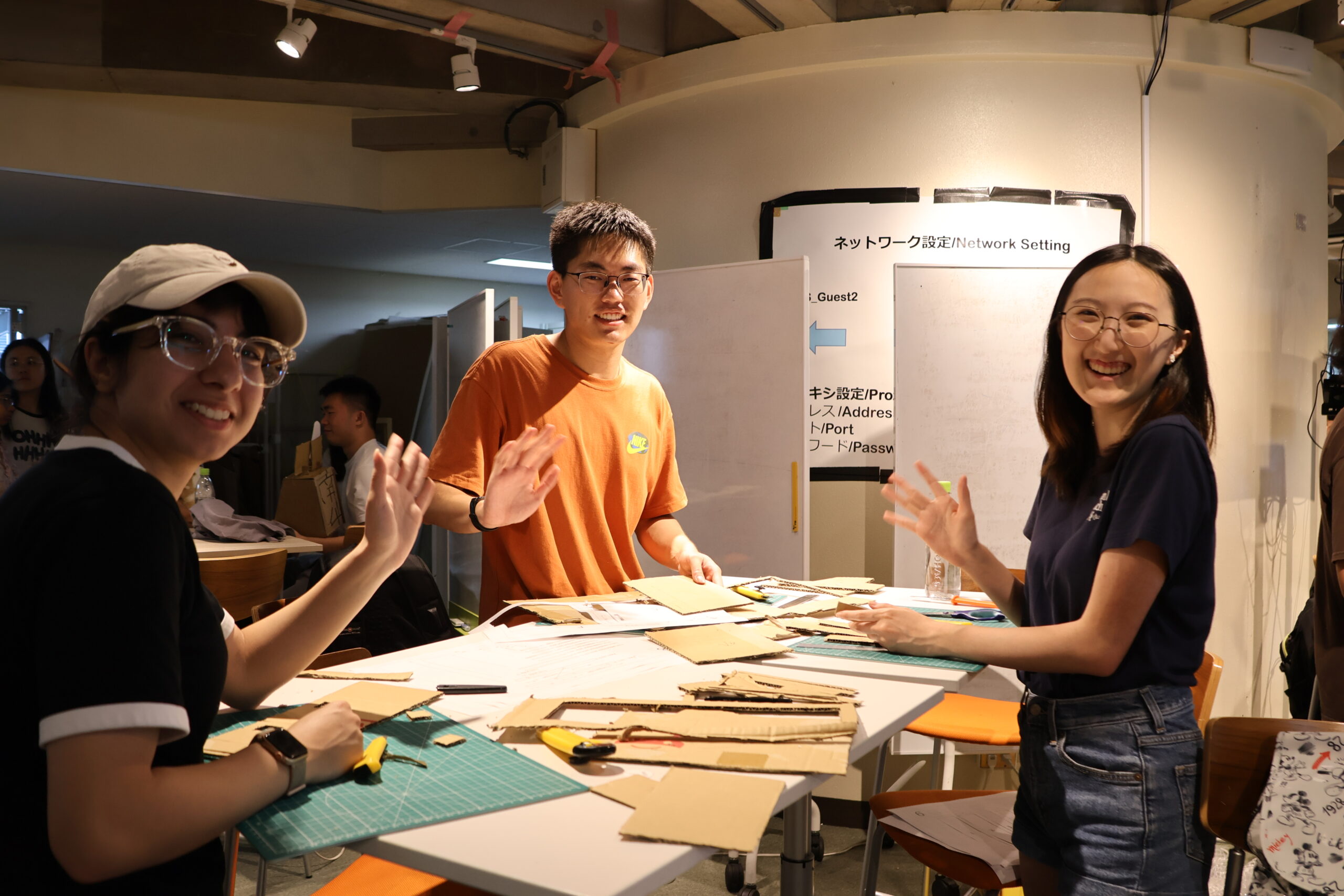
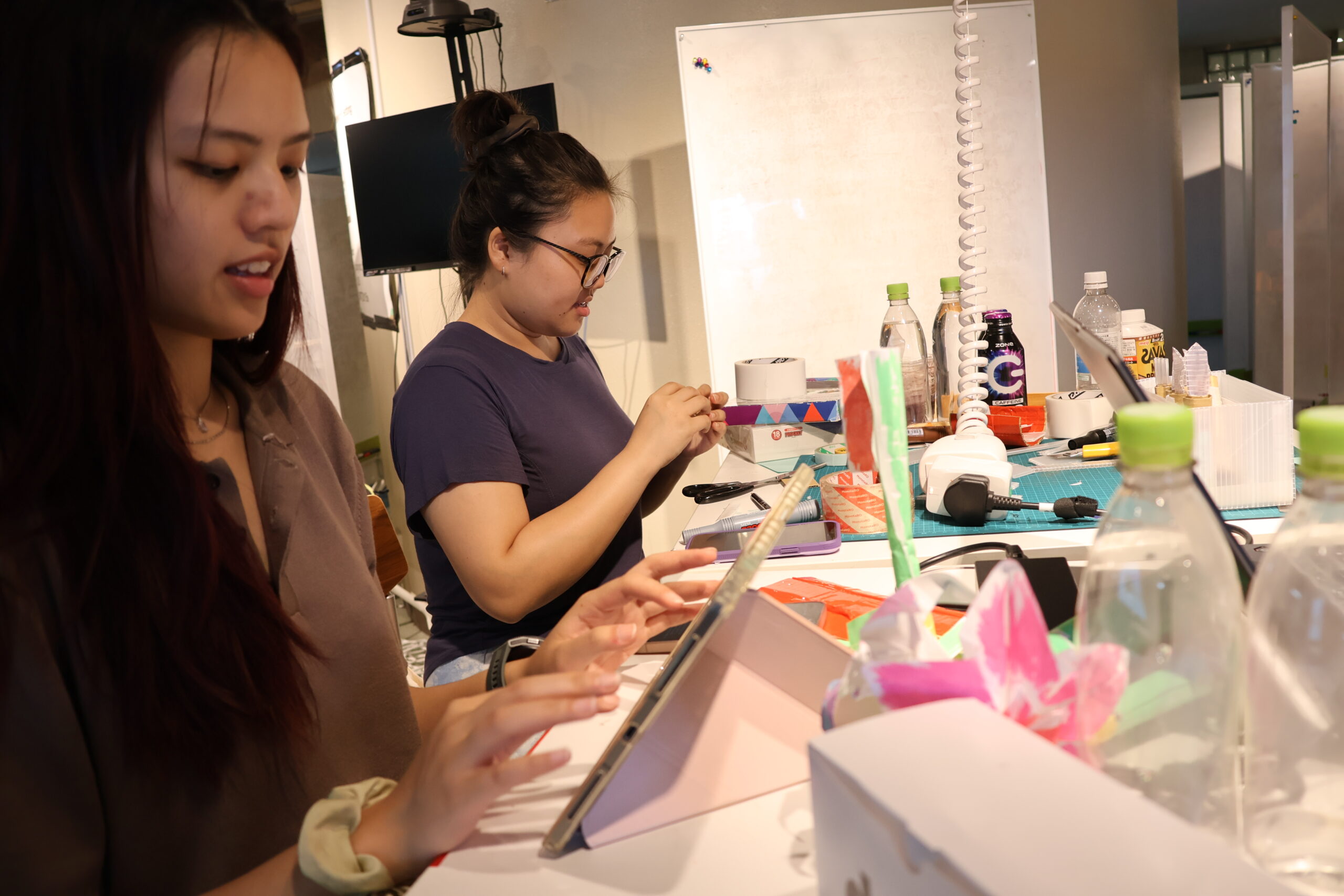
Japanese Culture Program
On June 24, a Japanese Culture Program was held at Science Tokyo’s Ookayama Campus to deepen students' knowledge of Japanese culture.
The first half of the program featured a lecture on Noh by Associate Professor Mariko Anno of the Institute for Liberal Arts, followed by a live performance of Nohkan (Noh flute) by Associate Professor Anno herself, making for an elegant and valuable lecture.
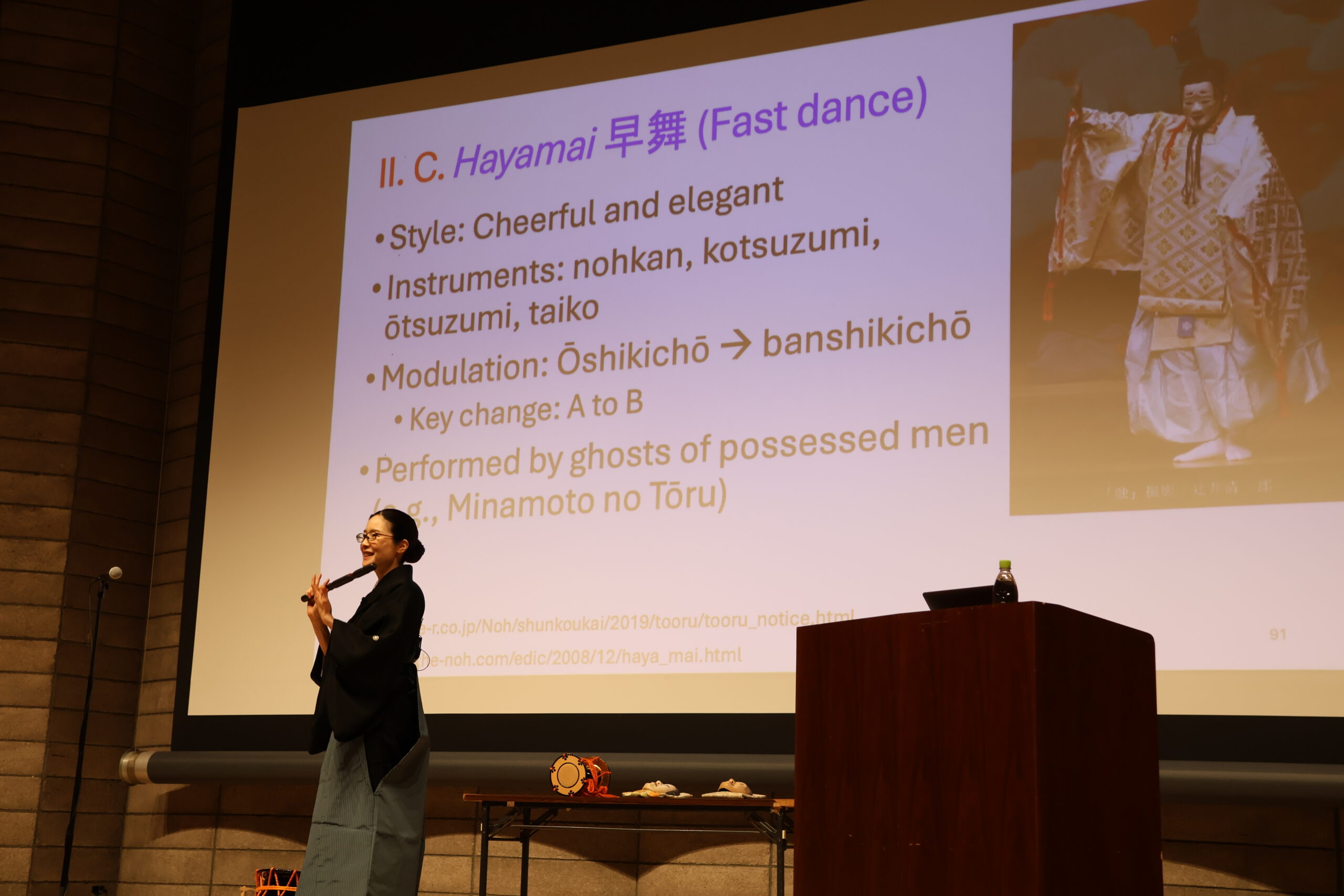
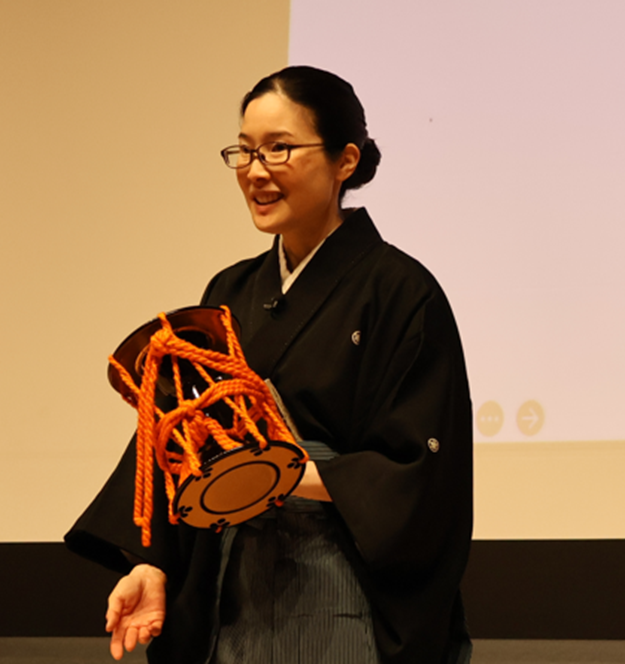
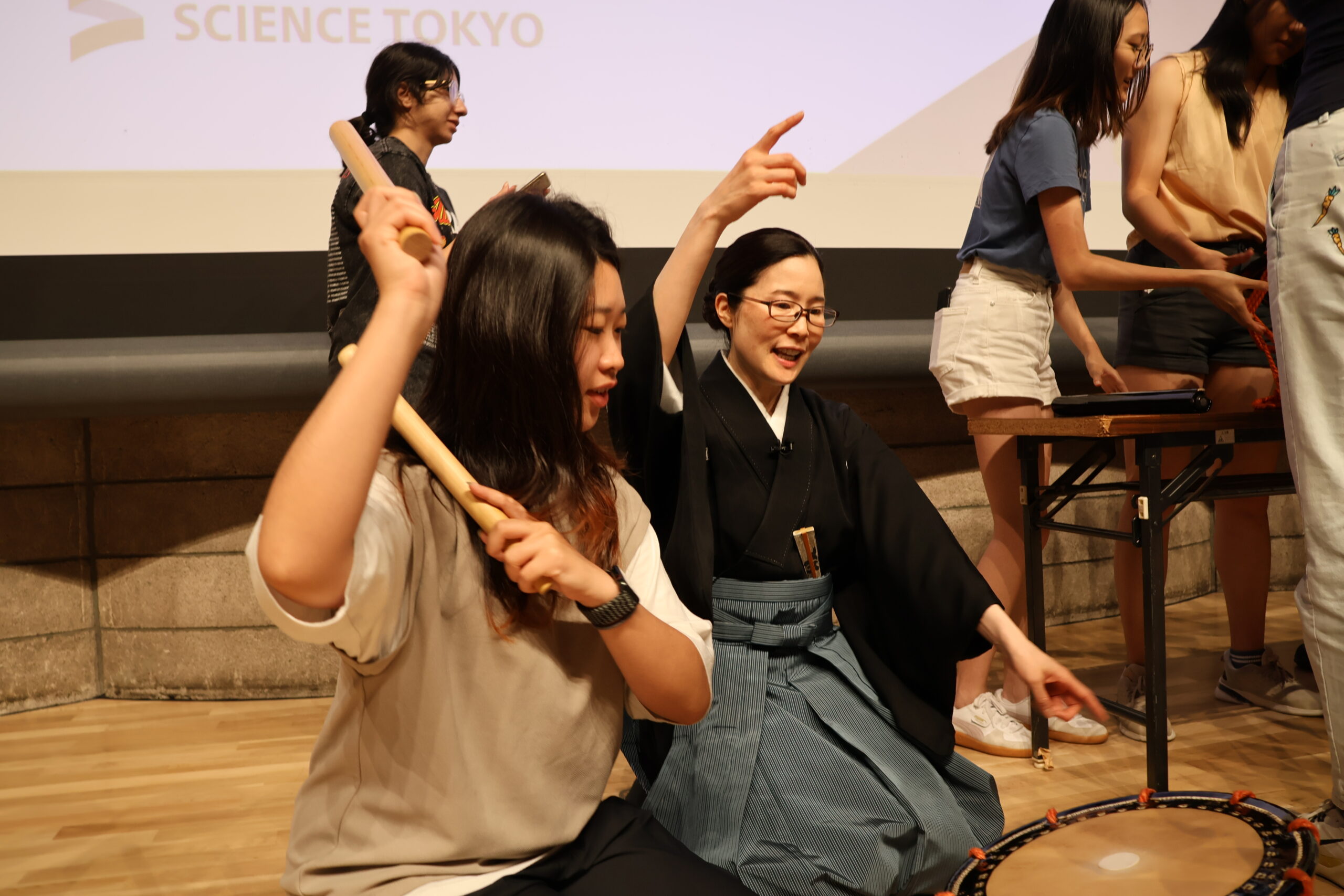
Associate Professor Mariko Anno
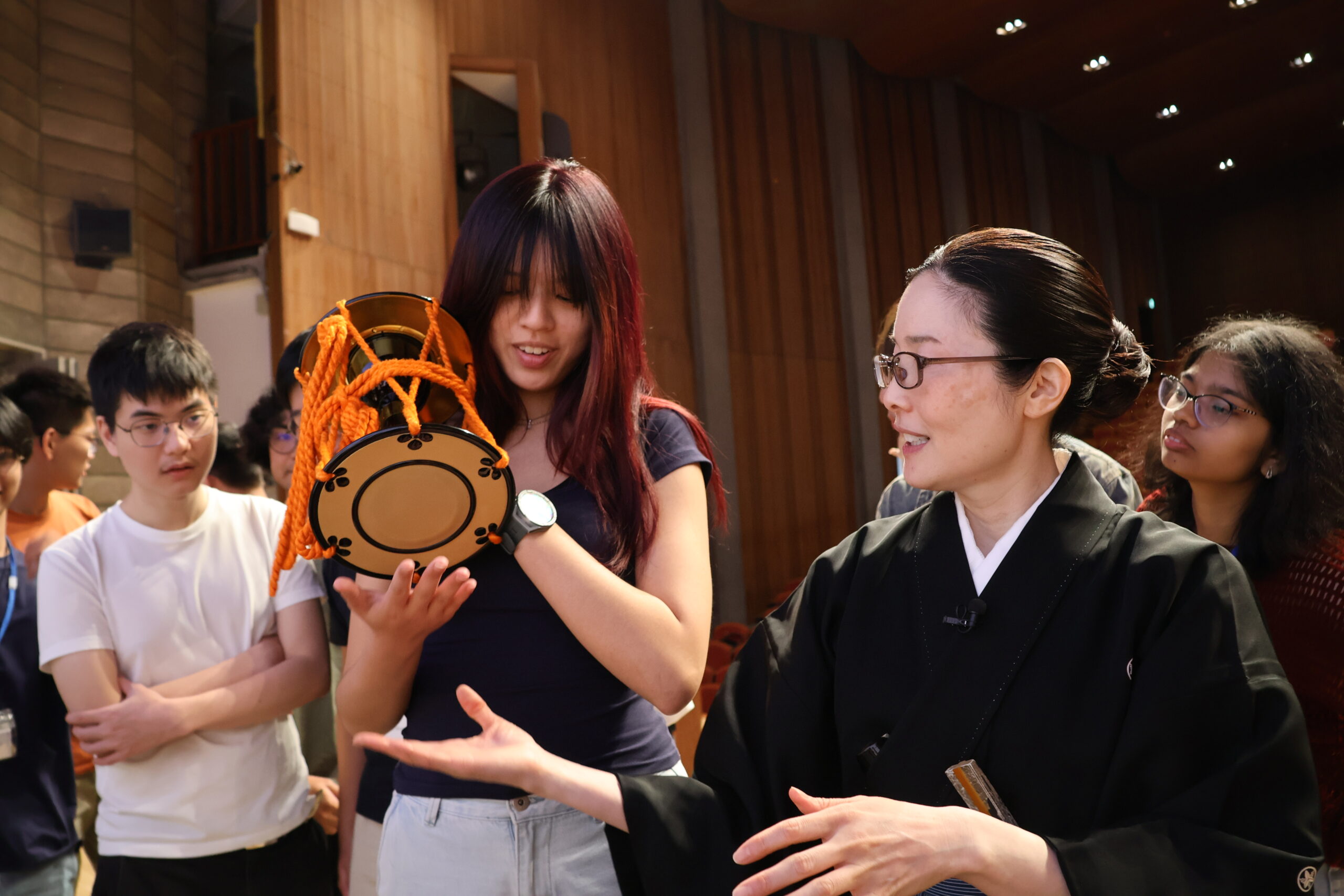
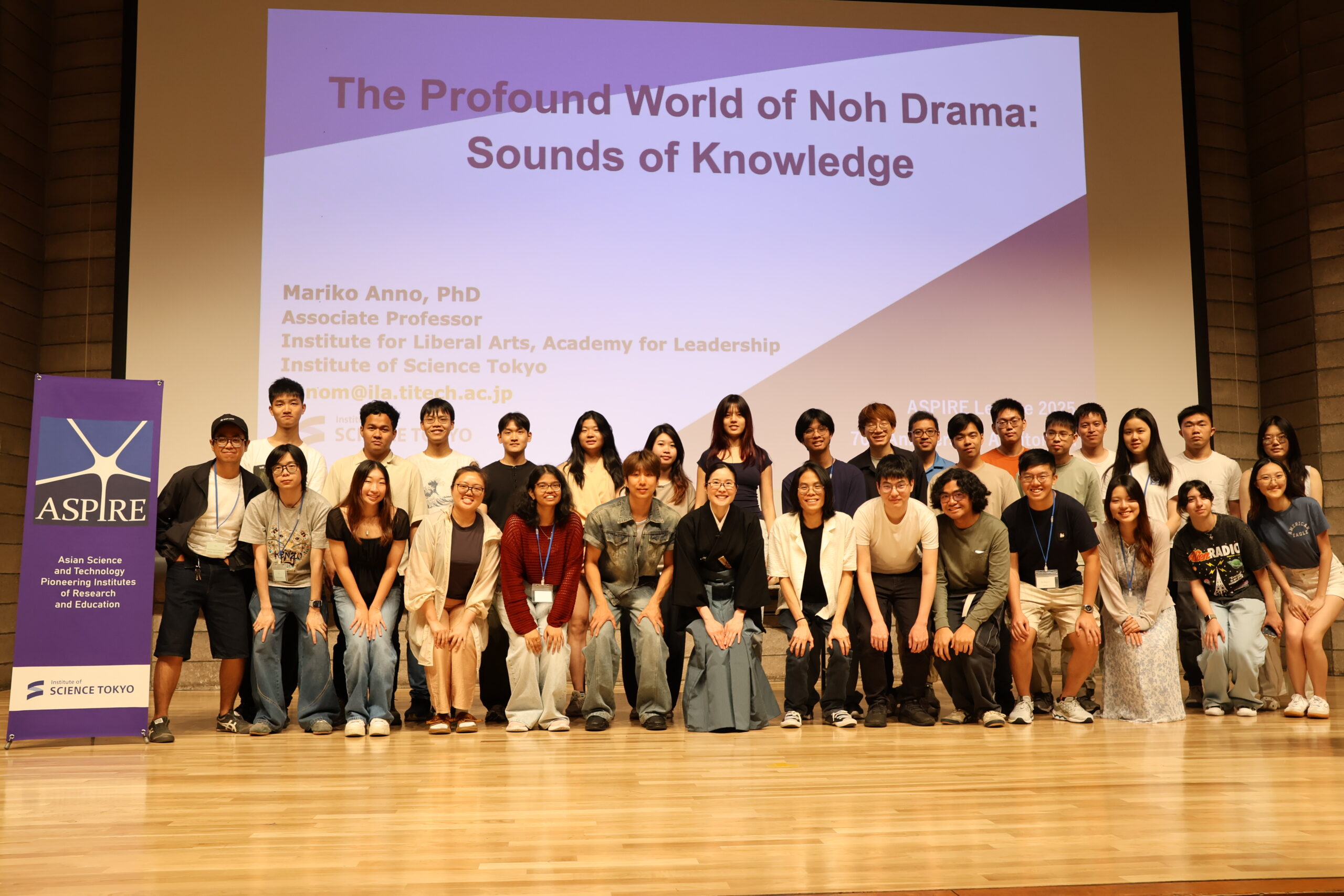
The second half of the program featured an original taiko drum performance by "Yukigaya Daiko," a group active in Ota Ward in Tokyo, as well as a taiko and bon dance performance of Tokyo Ondo by the students. This was a rare opportunity for all students to experience a taiko performance themselves, and the event was a great success.
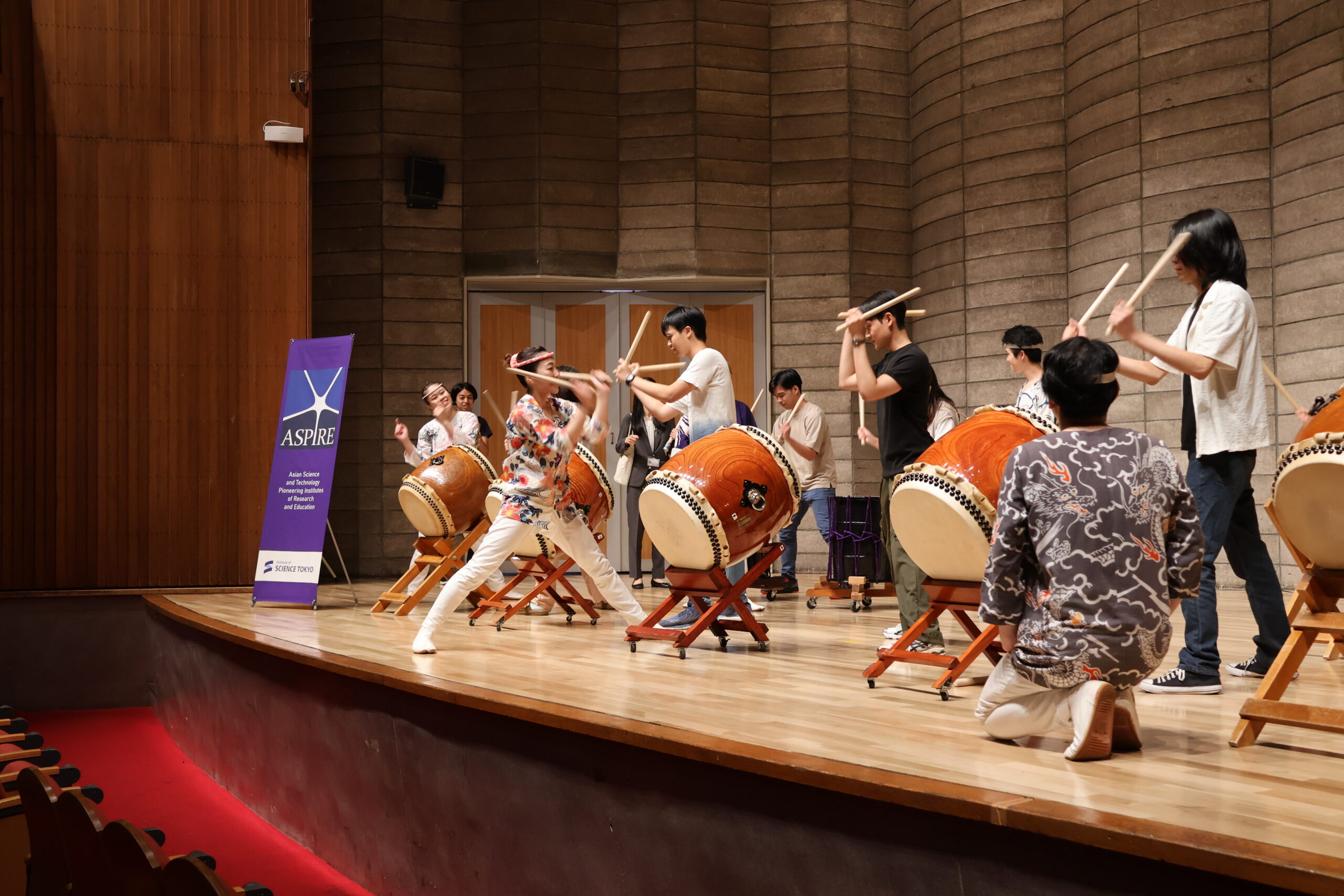

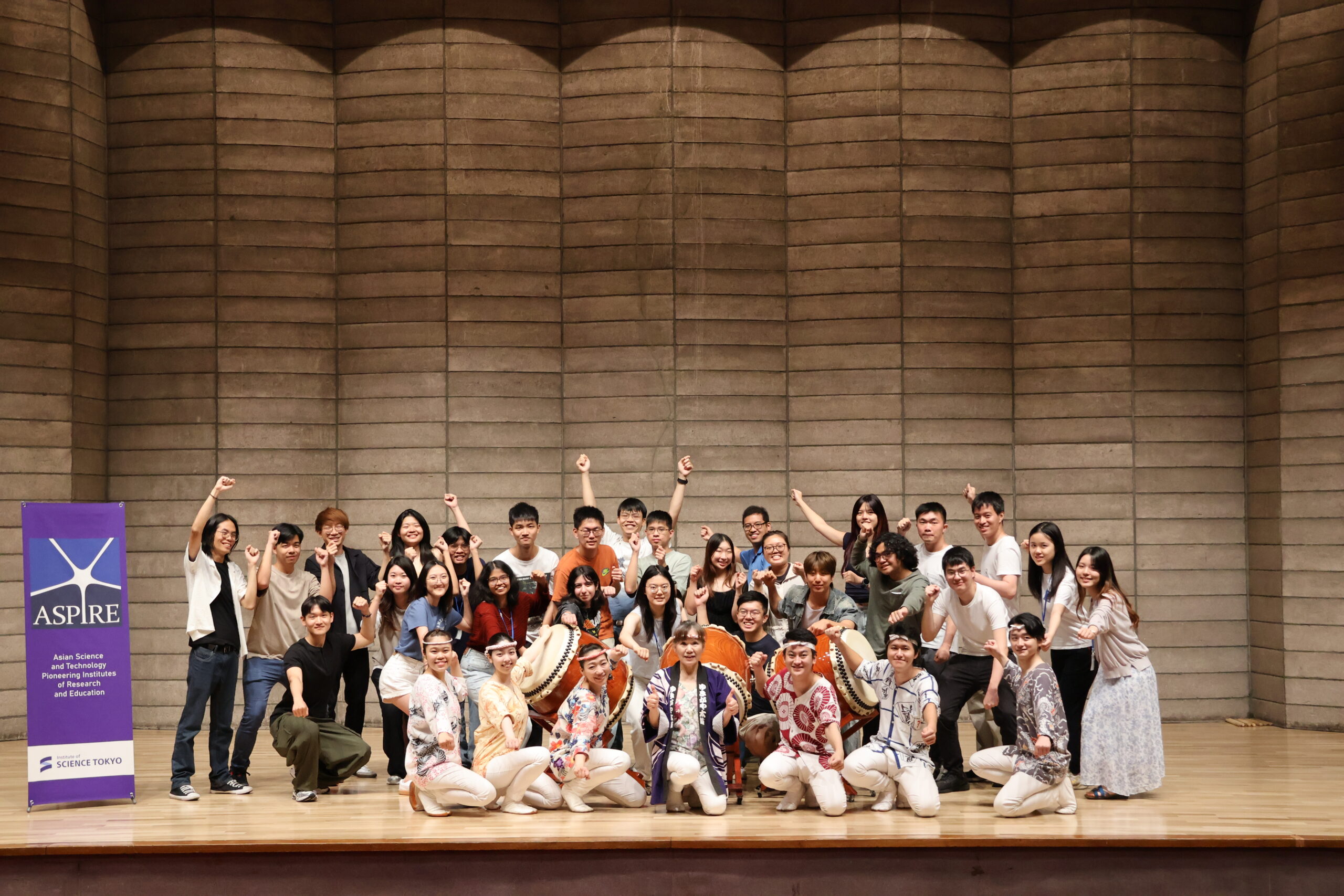
Final presentations
During the final presentations on June 27, the participants presented the results of their group work through a mixture of slides and skits, which they performed with great enthusiasm.
Group 1: A DIY tool set designed to help turn discarded bamboo from Tanabata into toys for children. The set comes with free bamboo, promoting recycling and environmental awareness, and enhancing family relationships.
Group 2: Accessories with messages such as “I'm fine being alone” or “Might talk?” These were created during Halloween in Shibuya Station to help women avoid unnecessary interactions. The accessories can be purchased from vending machines and are equipped with an alarm for emergencies.
Group 3: A unique clock box that combines everyday functionality with the traditional charm of Hinamatsuri. It features a secure compartment for storing hina dolls, allowing easy replacement with different designs to match your style or your child’s growth. It also includes a voice recording function.
Group 4: A digital camera that prints out pictures with fortune-telling slips (omikuji). The picture also comes with case for carrying it around. It is an item to help shrines attract more people during the New Year (hatsumode).
Group 5: A smart bracelet designed to help parents enjoy flower-viewing (hanami). It notifies parents when their child moves beyond a certain distance. The child’s location can be tracked via a connected app, and if the child remains out of range for an extended time, the system automatically alerts the police.
Over the course of a limited five-day period, the teams deepened their understanding of Japanese events and culture. They interviewed Japanese students and explored user needs through these interviews. The participants then presented their solutions in a practical and engaging manner.
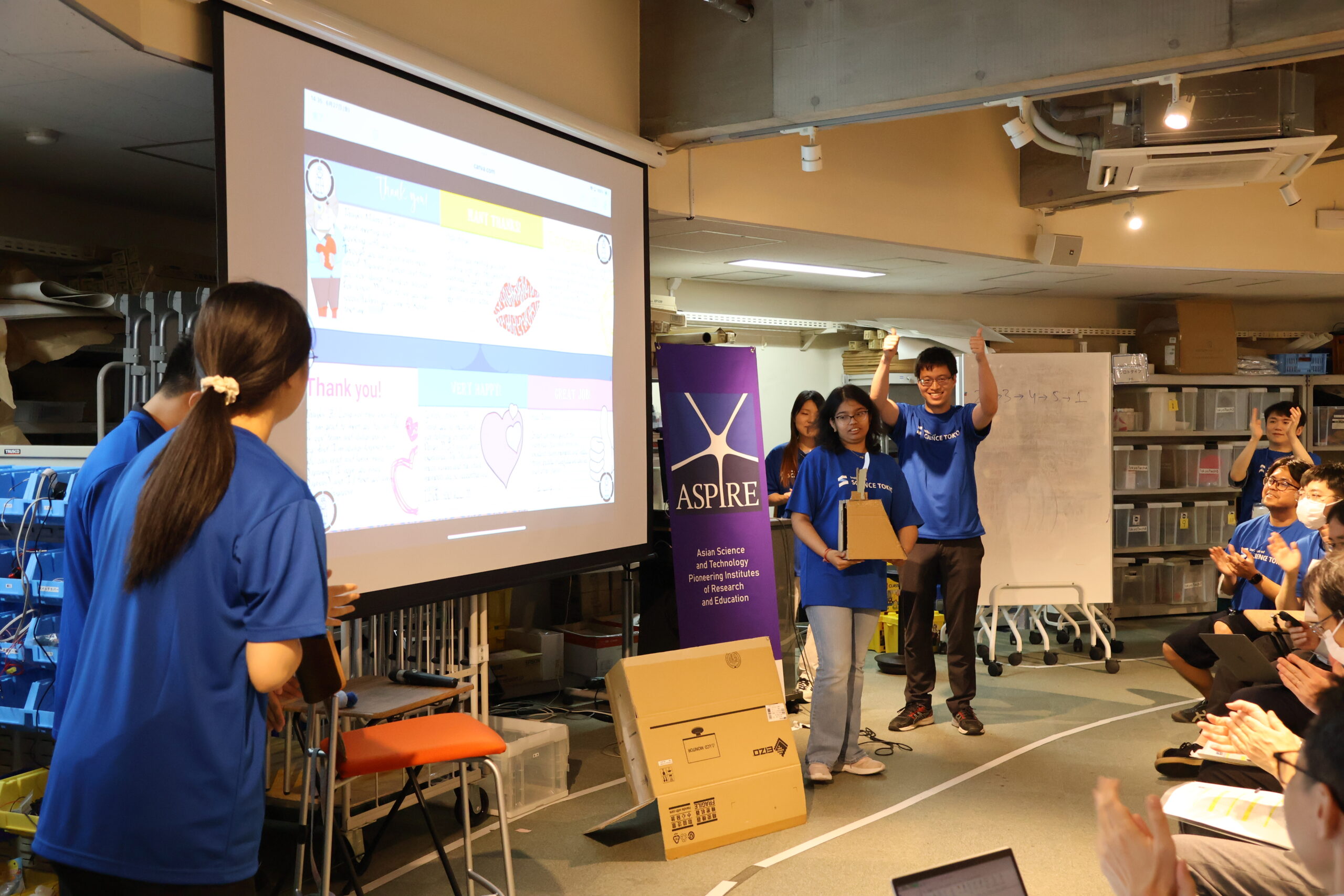
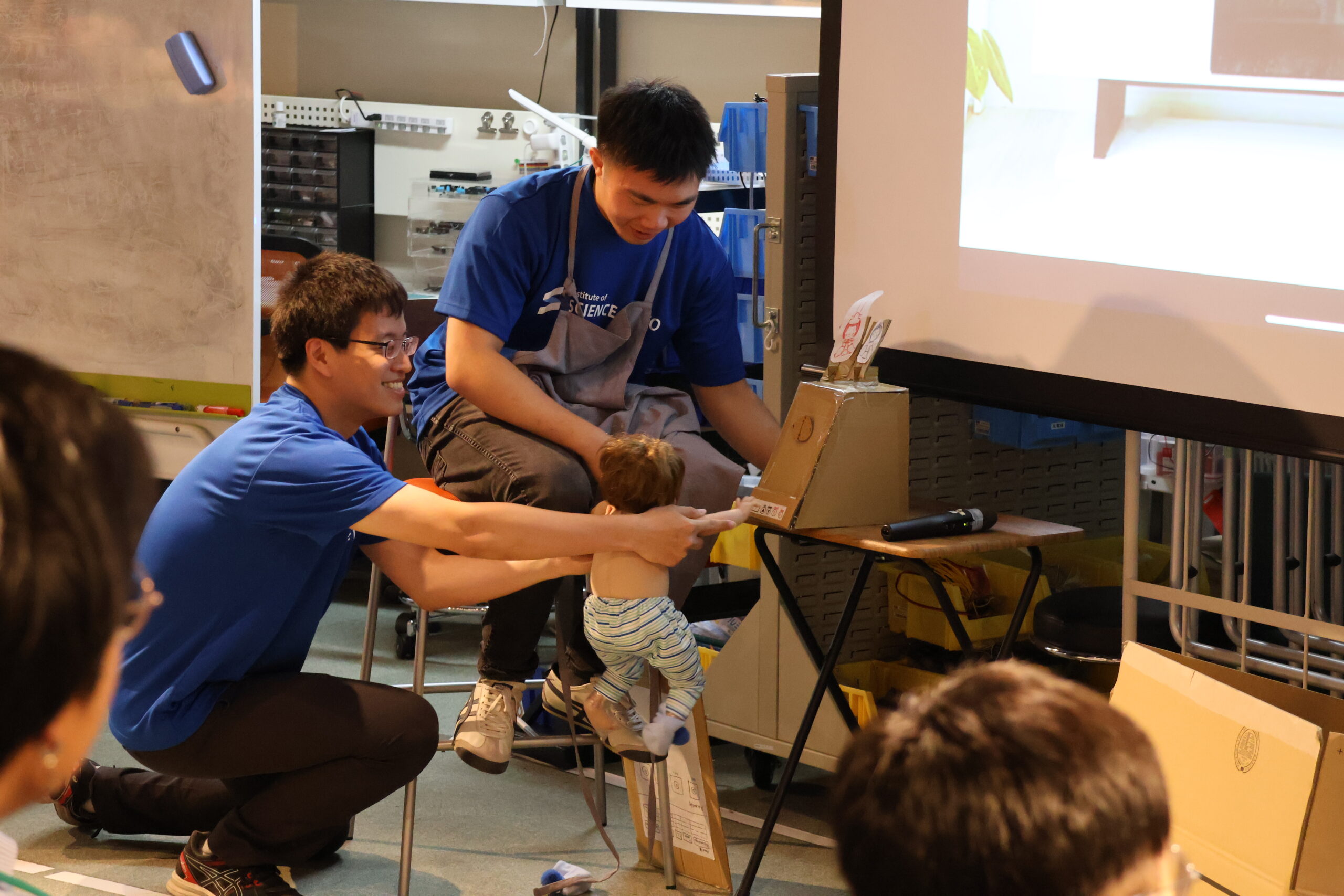
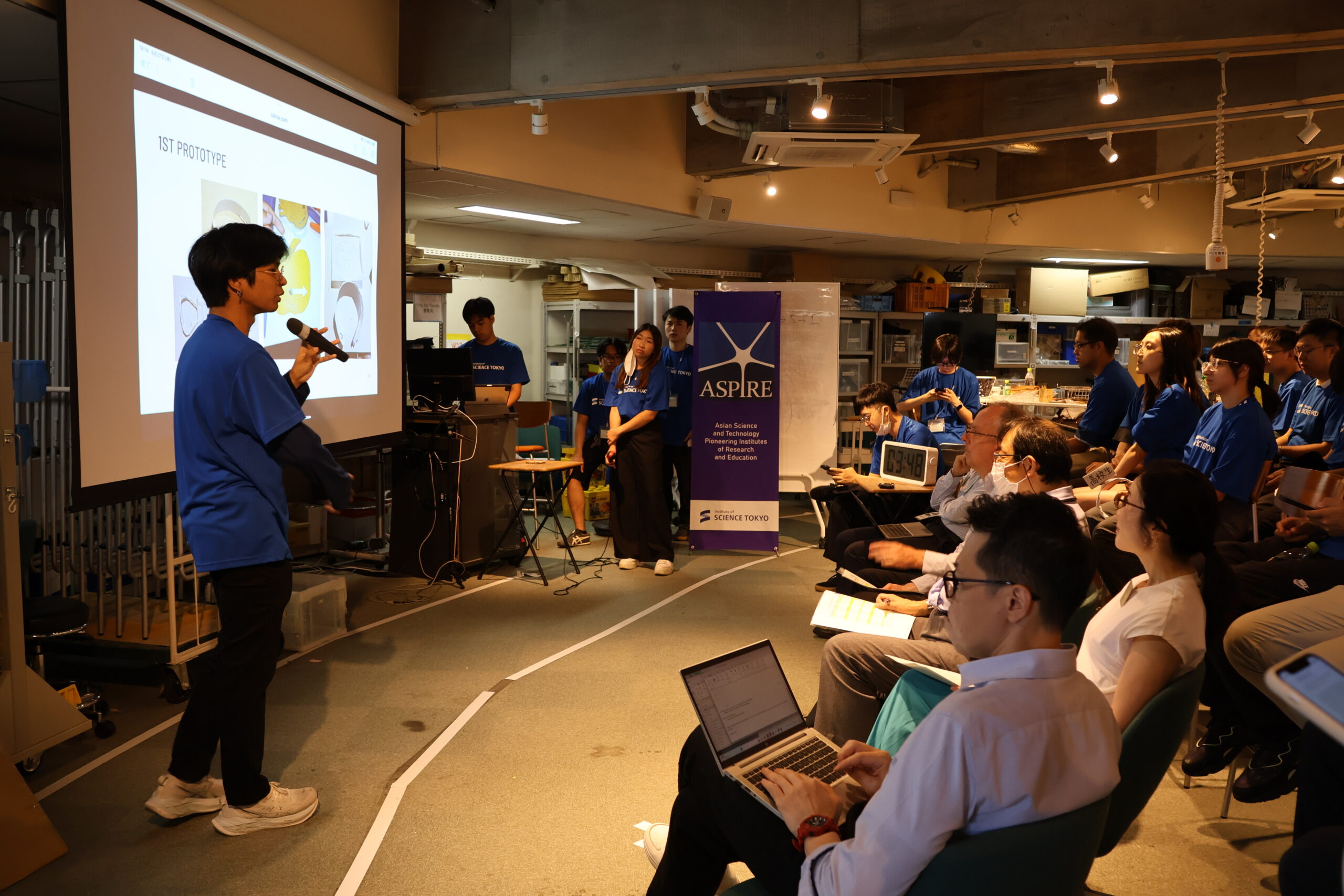
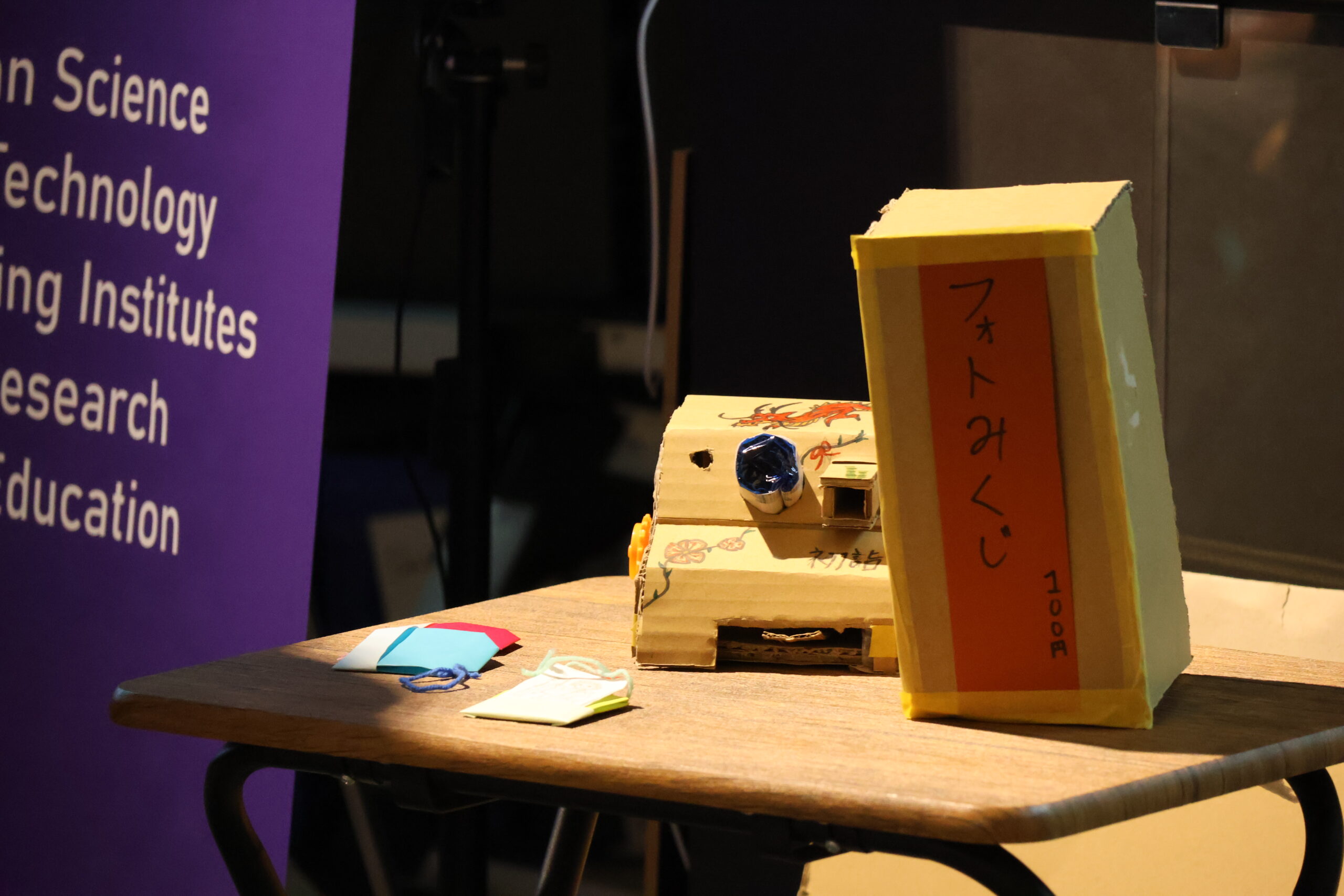
During the final presentation, comprehensive feedback was provided by Professor Jun-ichi Takada, Executive Vice President for Global Affairs, Professor Patrick Foss, Vice President for International Strategy and Internationalization, Associate Professor Mariko Anno of the Institute for Liberal Arts, and Mr. Jeff Lau Kin Fai, Assistant Director, Office of International Engagement at Nanyang Technological University.
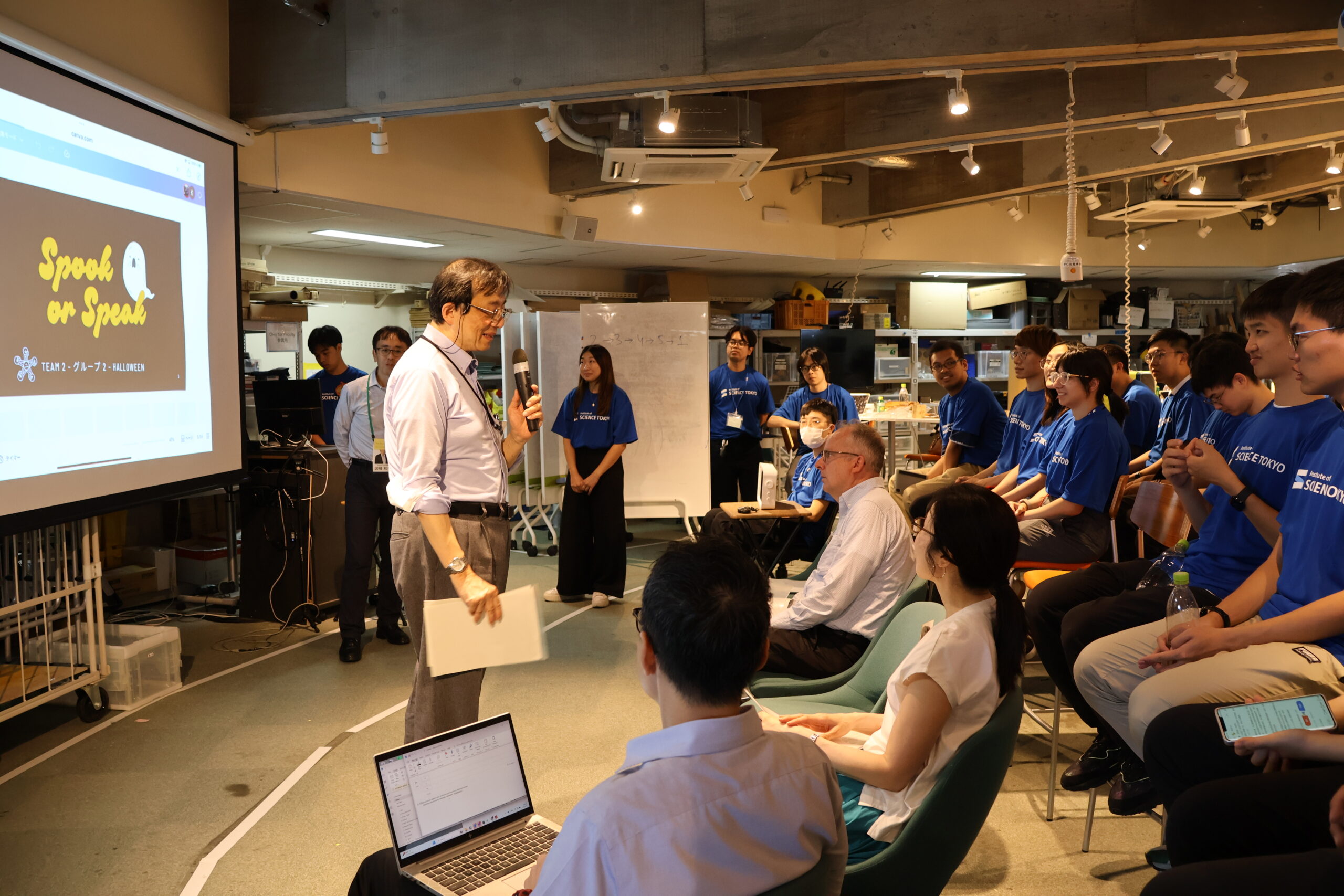
Professor Jun-ichi Takada
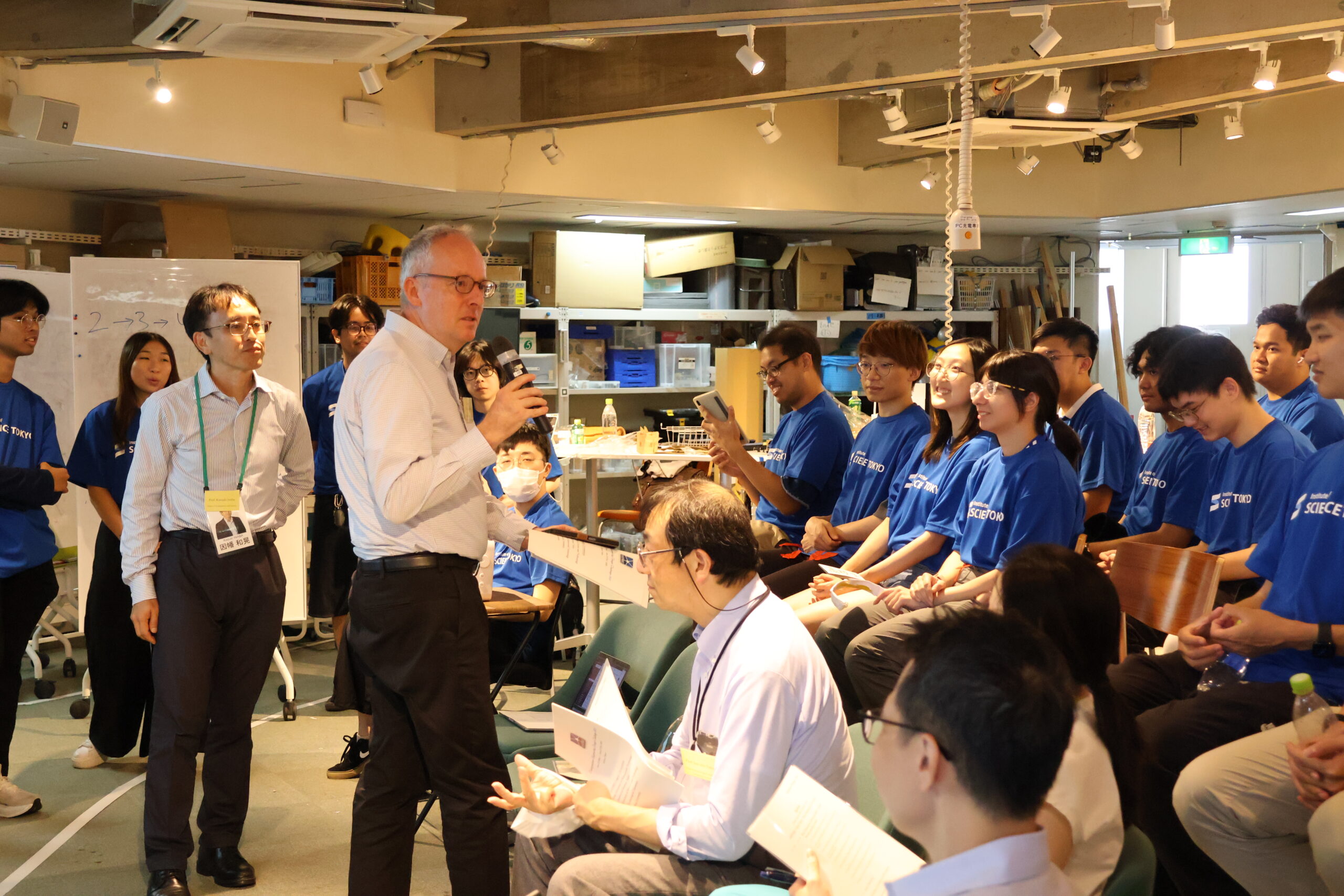
Professor Patrick Foss
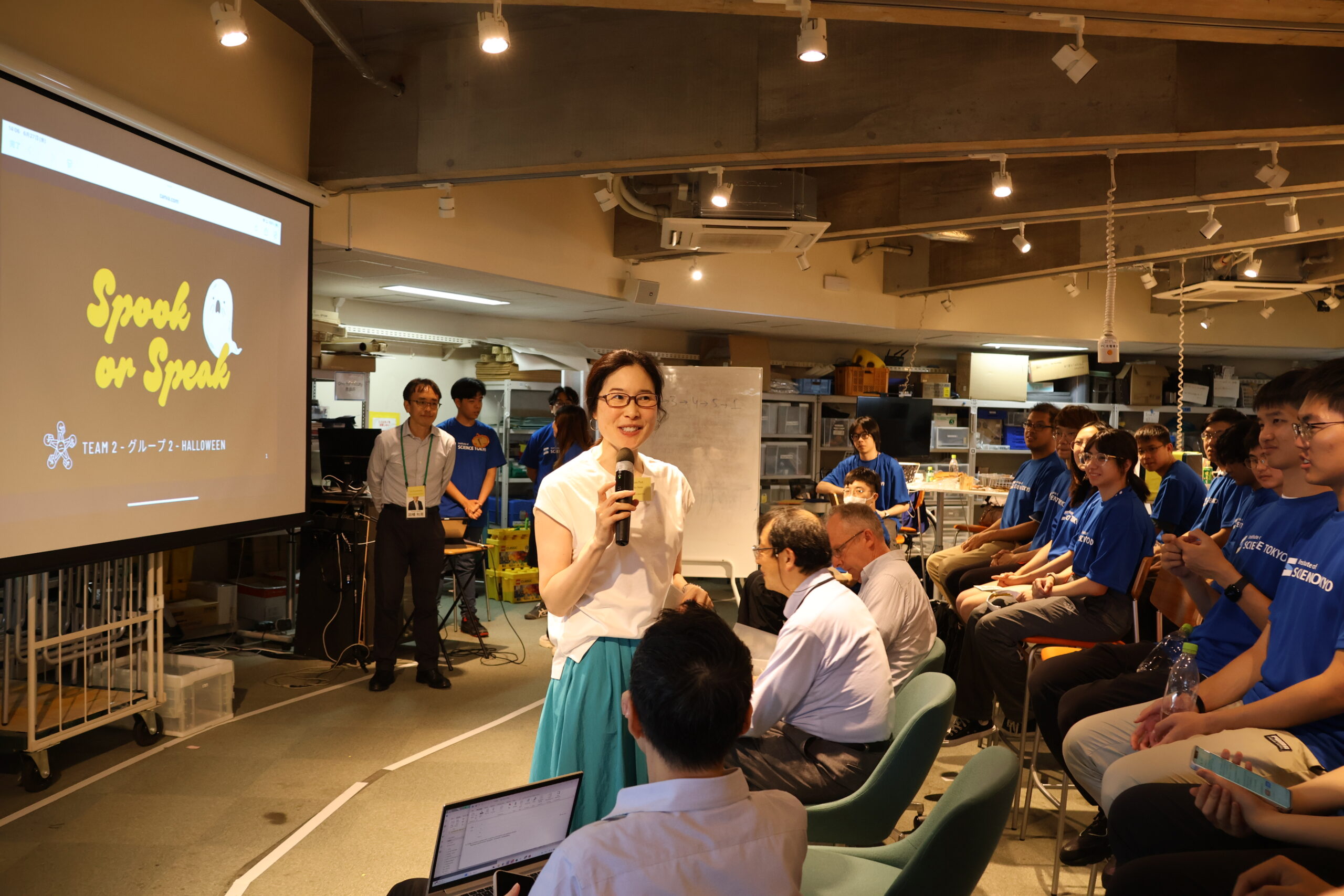
Associate Professor Mariko Anno
Reception
At the reception following the closing ceremony, all participants mingled with their peers and faculty members over hors d'oeuvres.
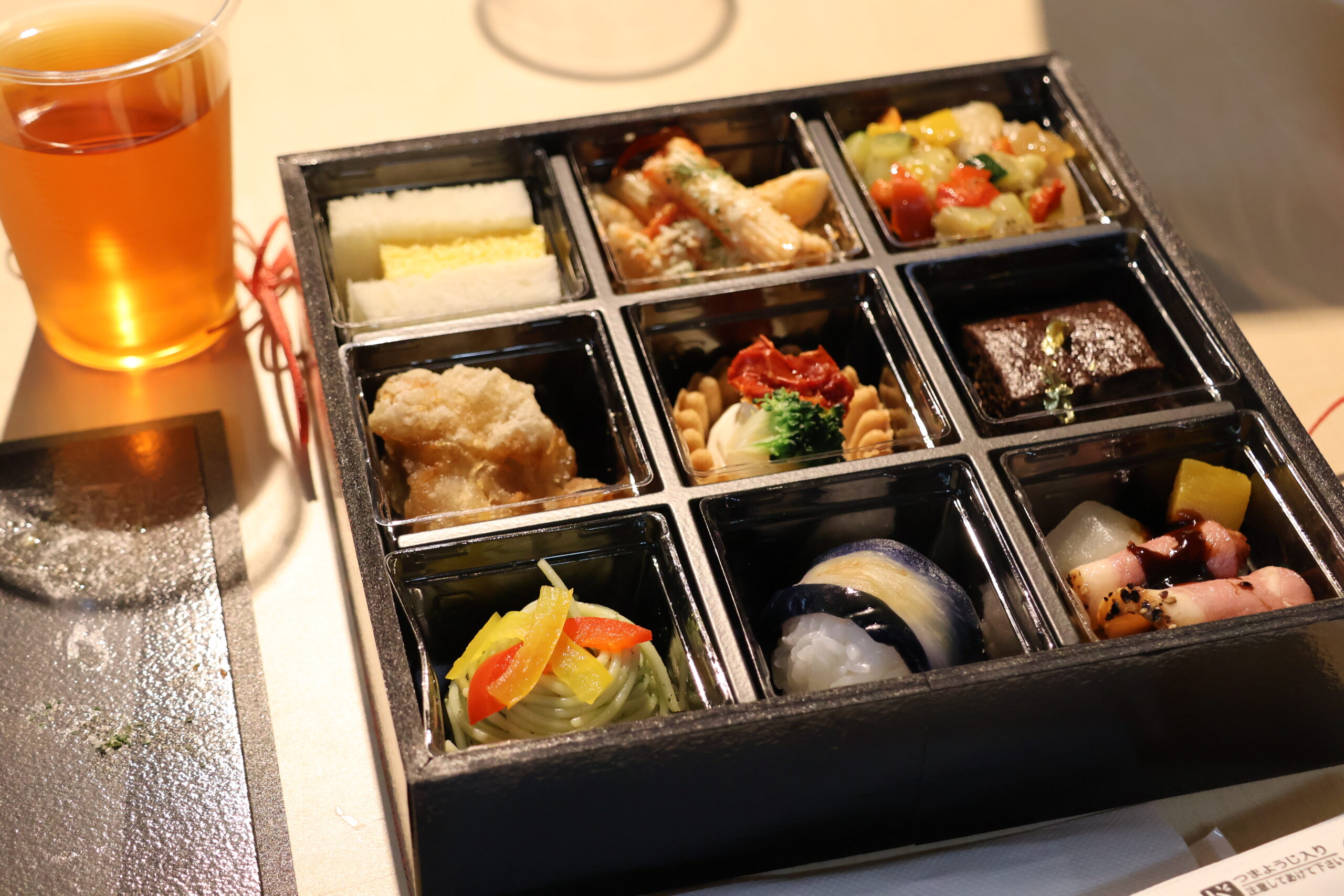
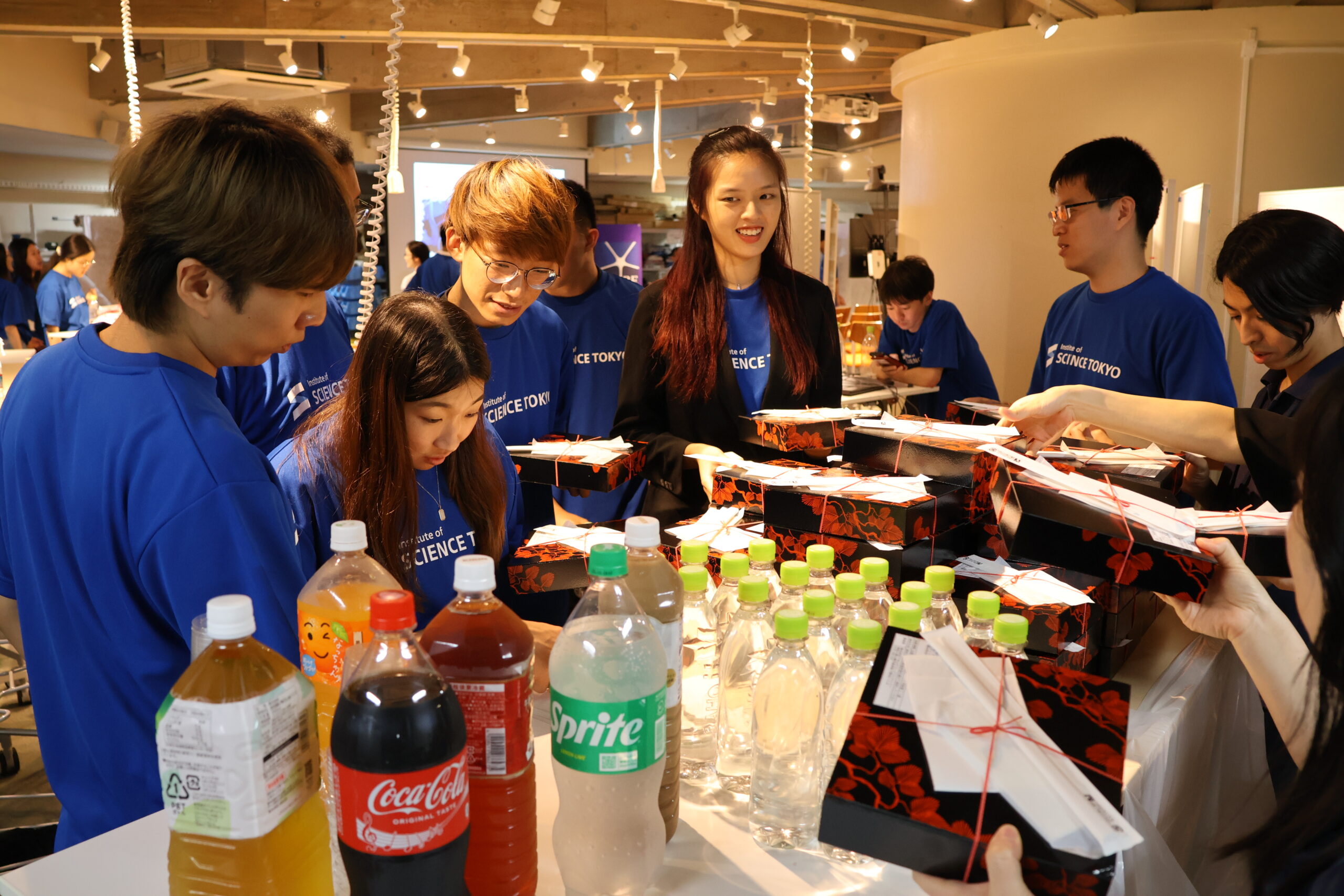
Closing Ceremony
Following closing remarks by Professor Kazuaki Inaba, faculty member in charge of ASPIRE UEDC2025, Professor Jun-ichi Takada, Executive Vice President for Global Affairs, and Professor Nobuhiro Hayashi, Secretary General of the ASPIRE League and Vice President for International Strategy and Engagement, presented certificates to all participants.

Professor Kazuaki Inaba
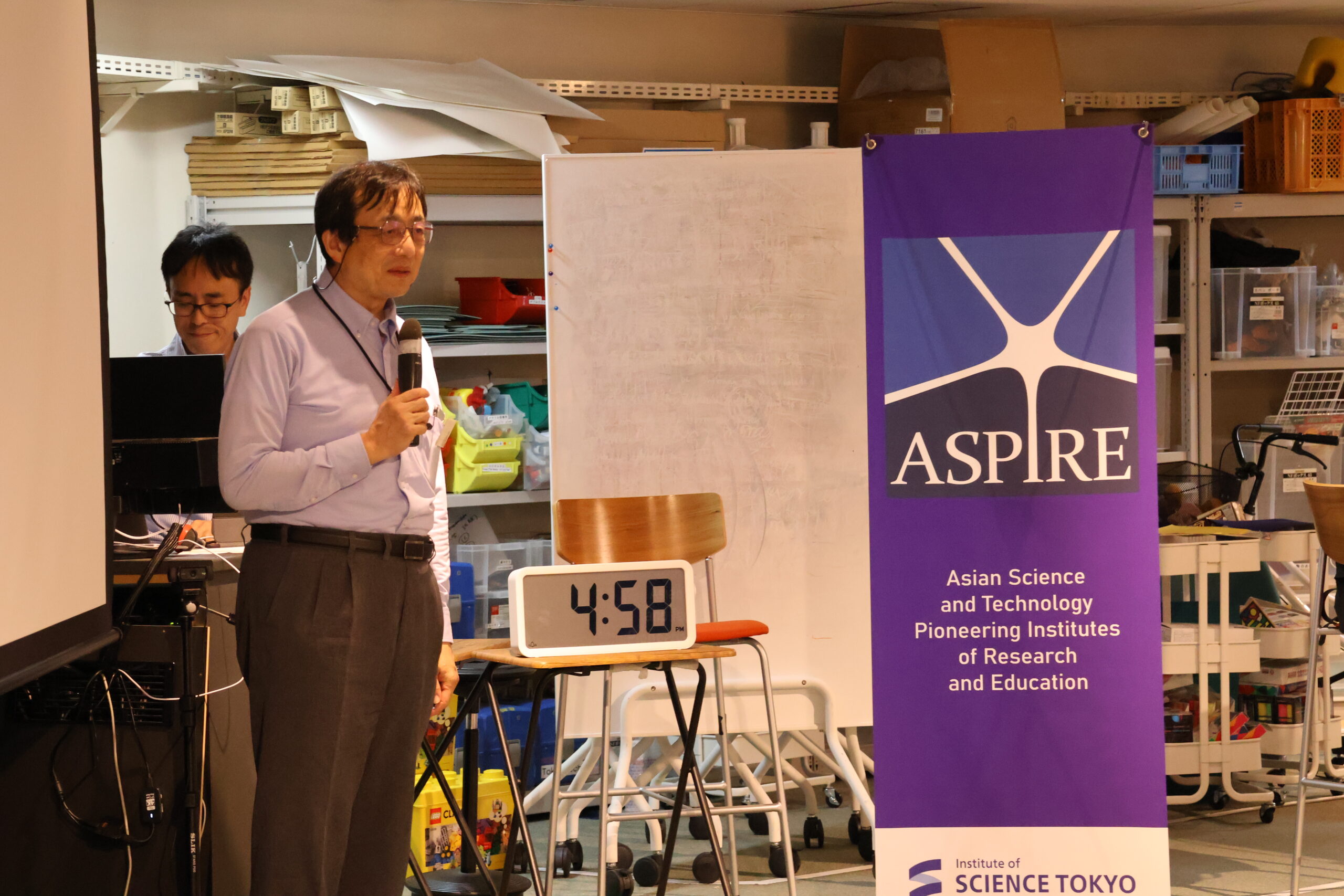
Professor Jun-ichi Takada
Professor Nobuhiro Hayashi presented certificates to all participants.
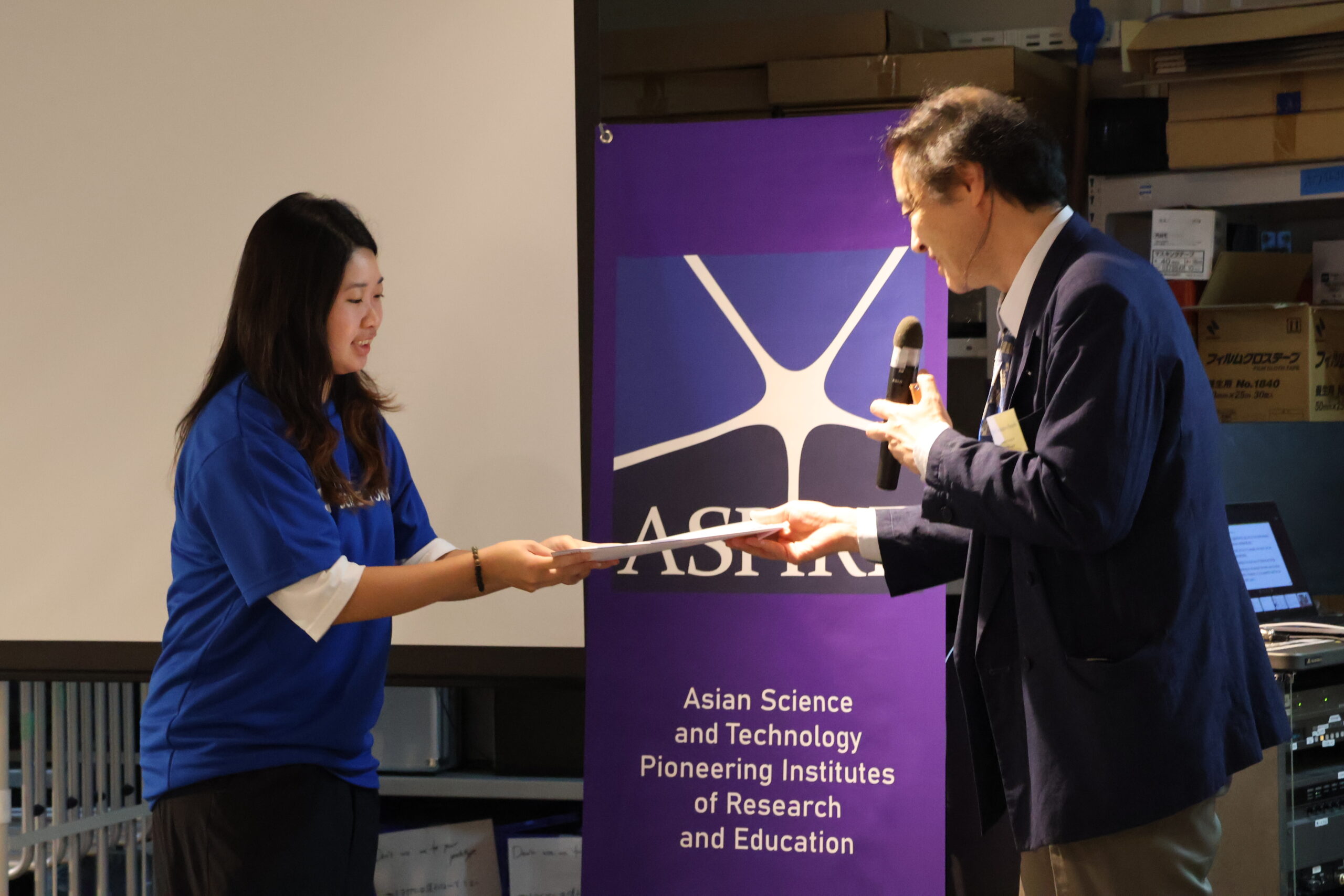
Professor Nobuhiro Hayashi
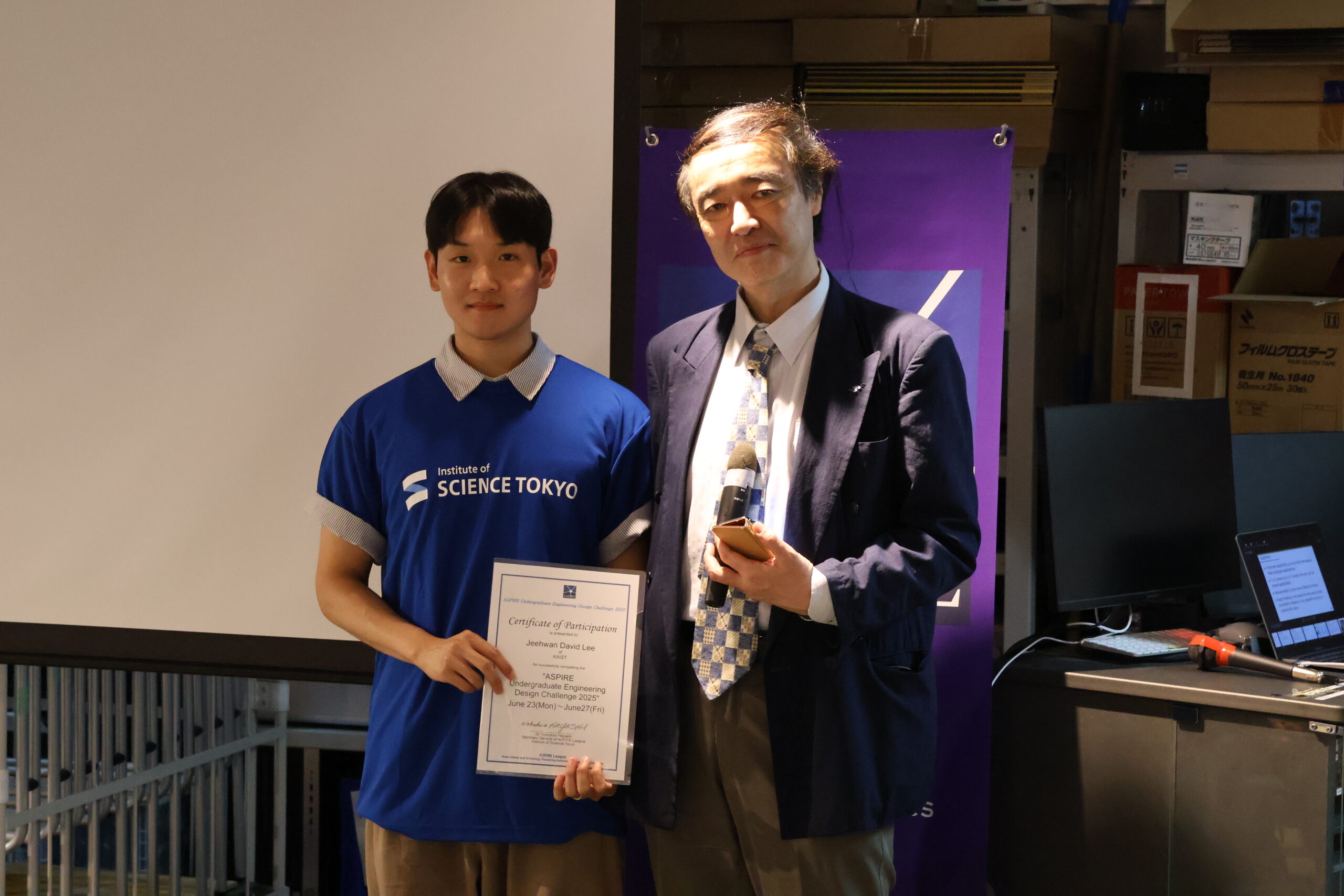

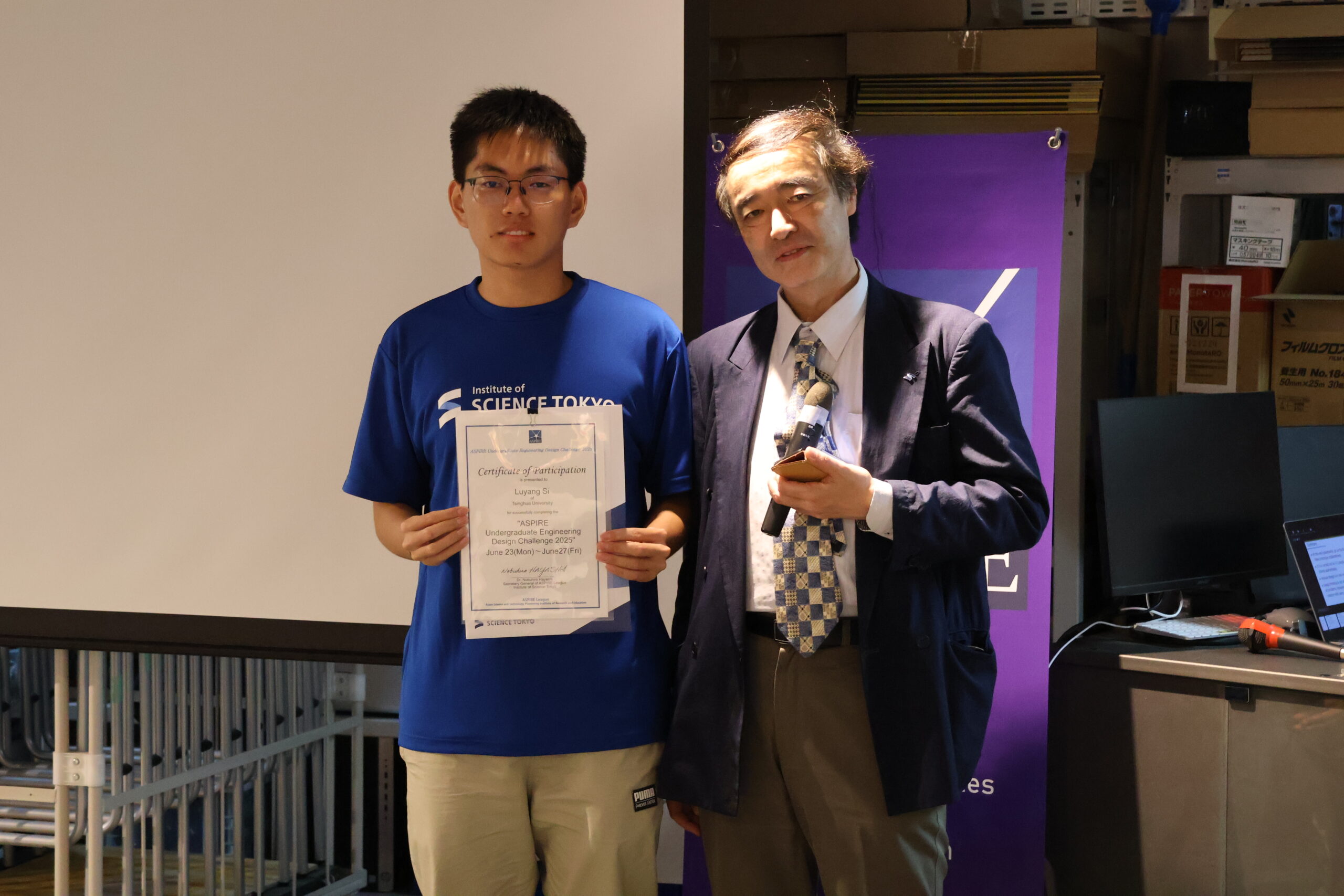
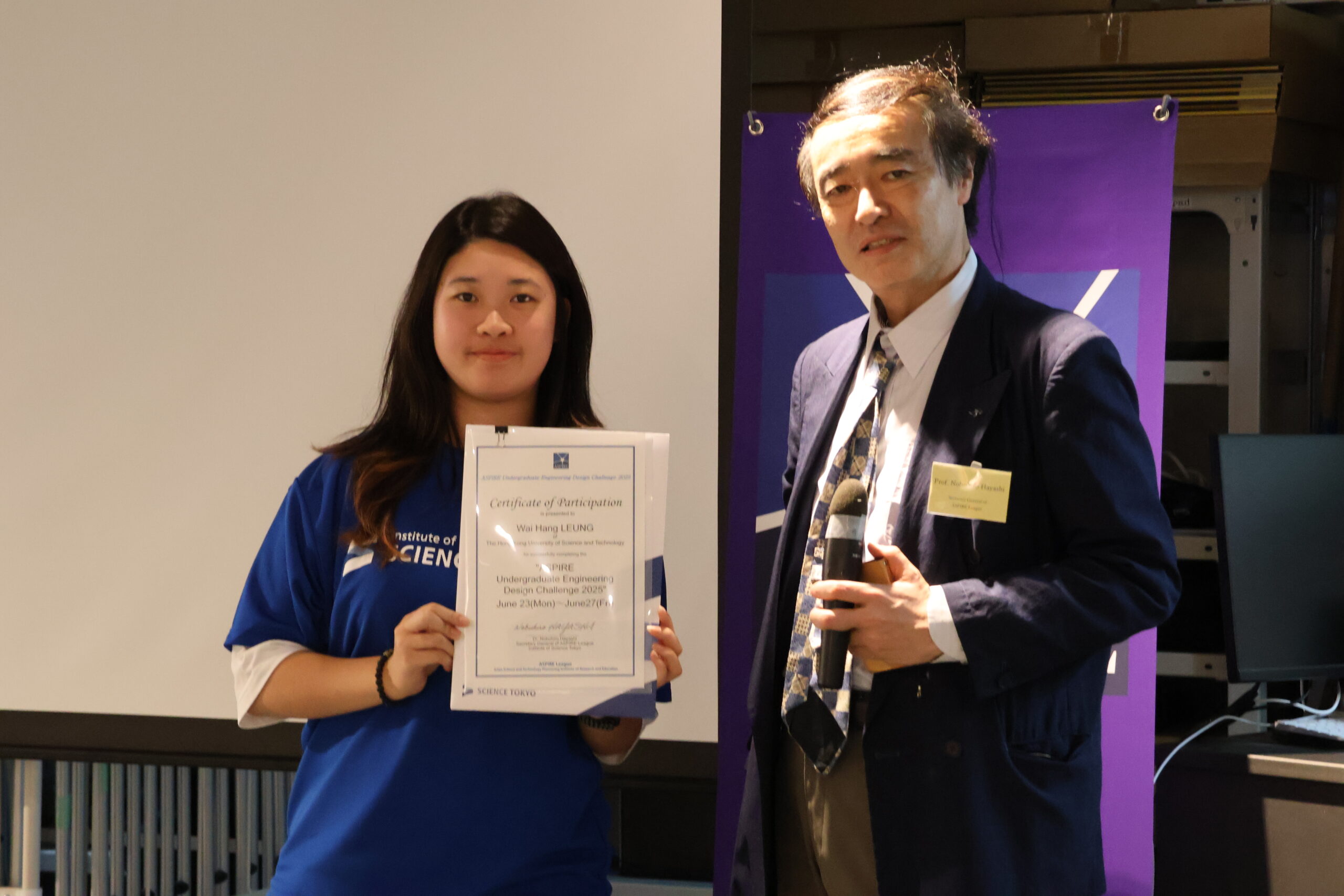
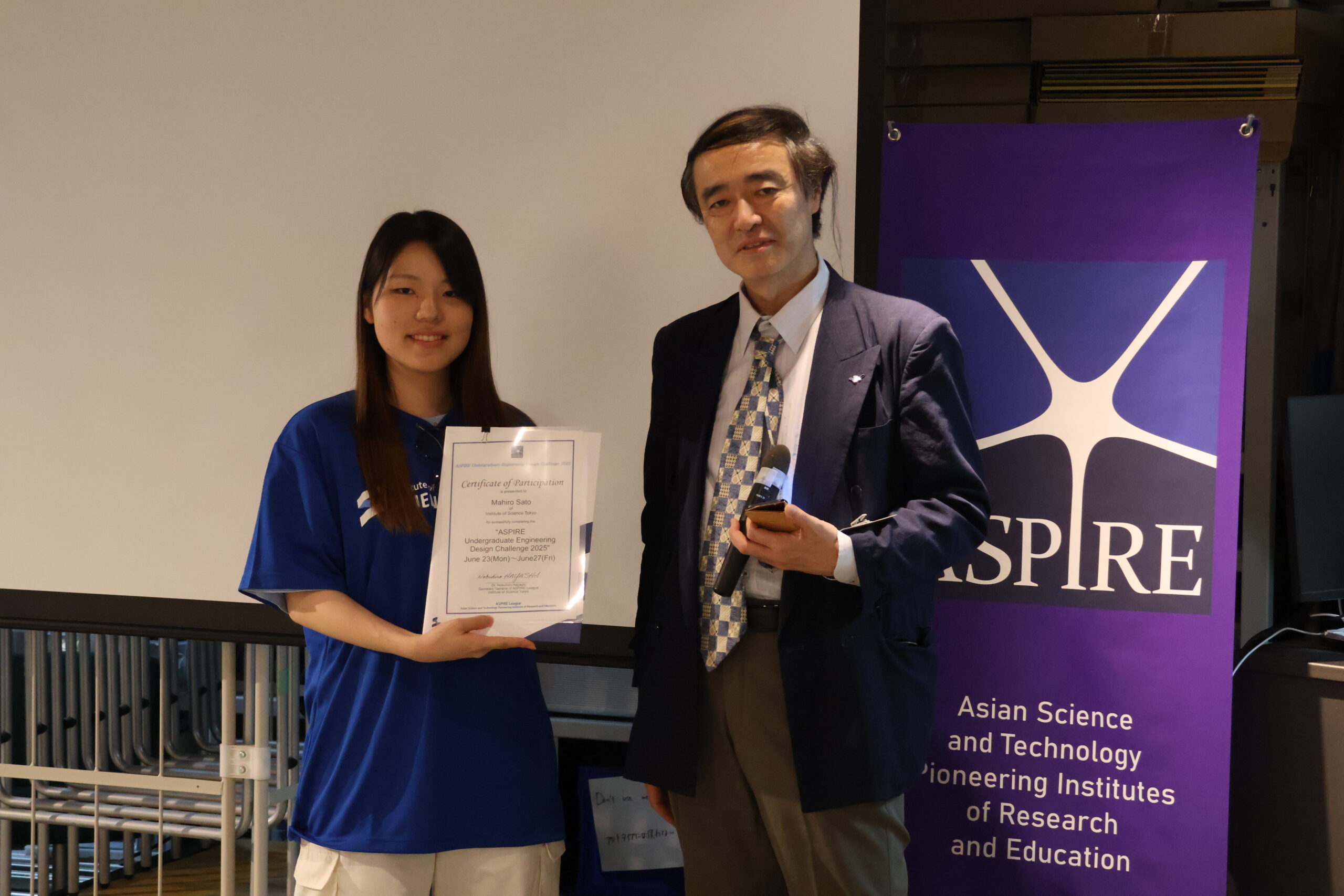
【Professor Kazuaki Inaba】
The participants spent five days engaging with the ambiguity of design thinking, while exploring its five steps, the unique perspective of Katsushika Hokusai, and various aspects of Japanese culture. Through this experience, they proposed highly innovative and thought-provoking products, systems, and services. We hope that the methods and perspectives they acquired through this workshop will be applied in various contexts in their future endeavors.

Professor Kazuaki Inaba
Commemorative photo on the last day
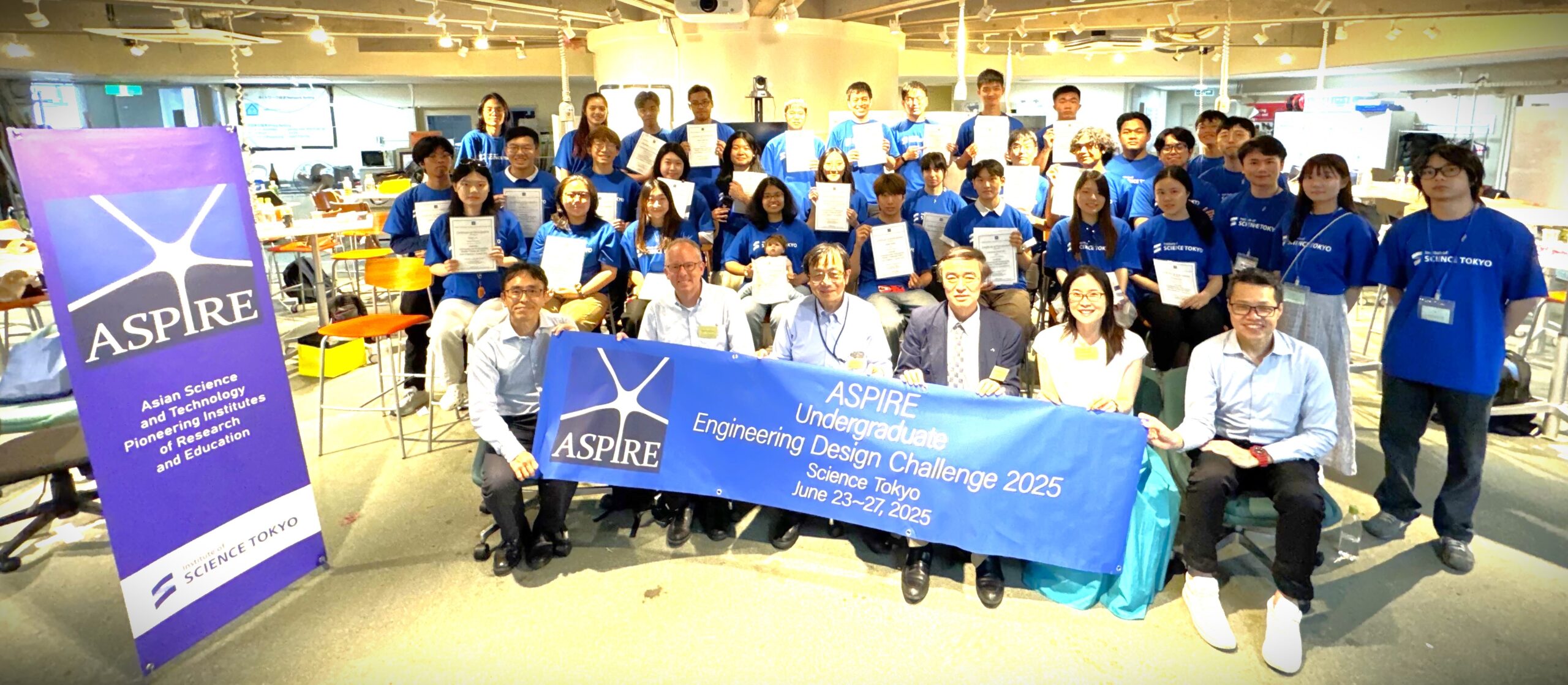
Group 1: participating students (all five from right) and teaching assistant (left)
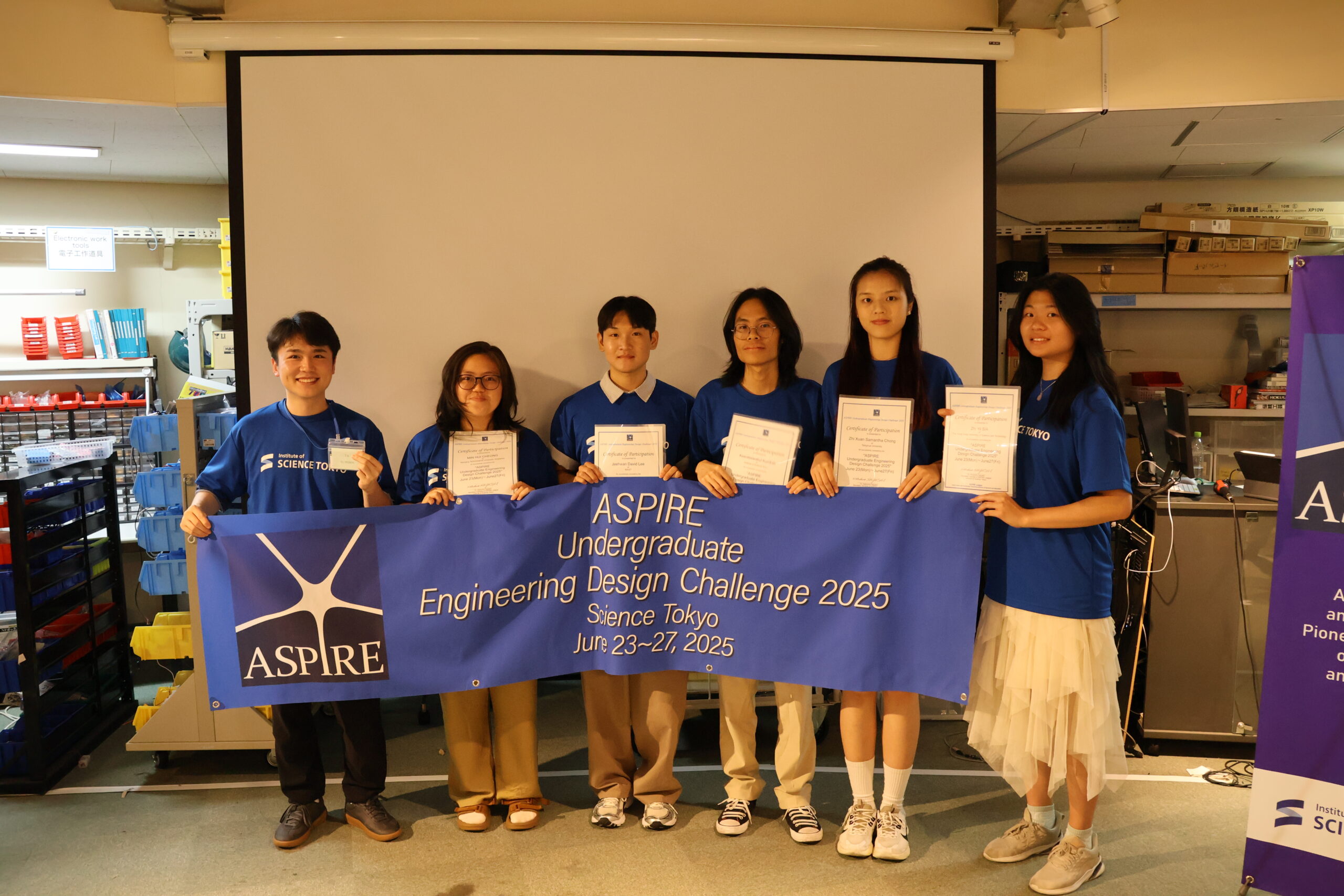
Group 1: participating students (all five from right) and teaching assistant (left)
Group 2: participating students (the five individuals in the center) and teaching assistants (at the far right and far left).
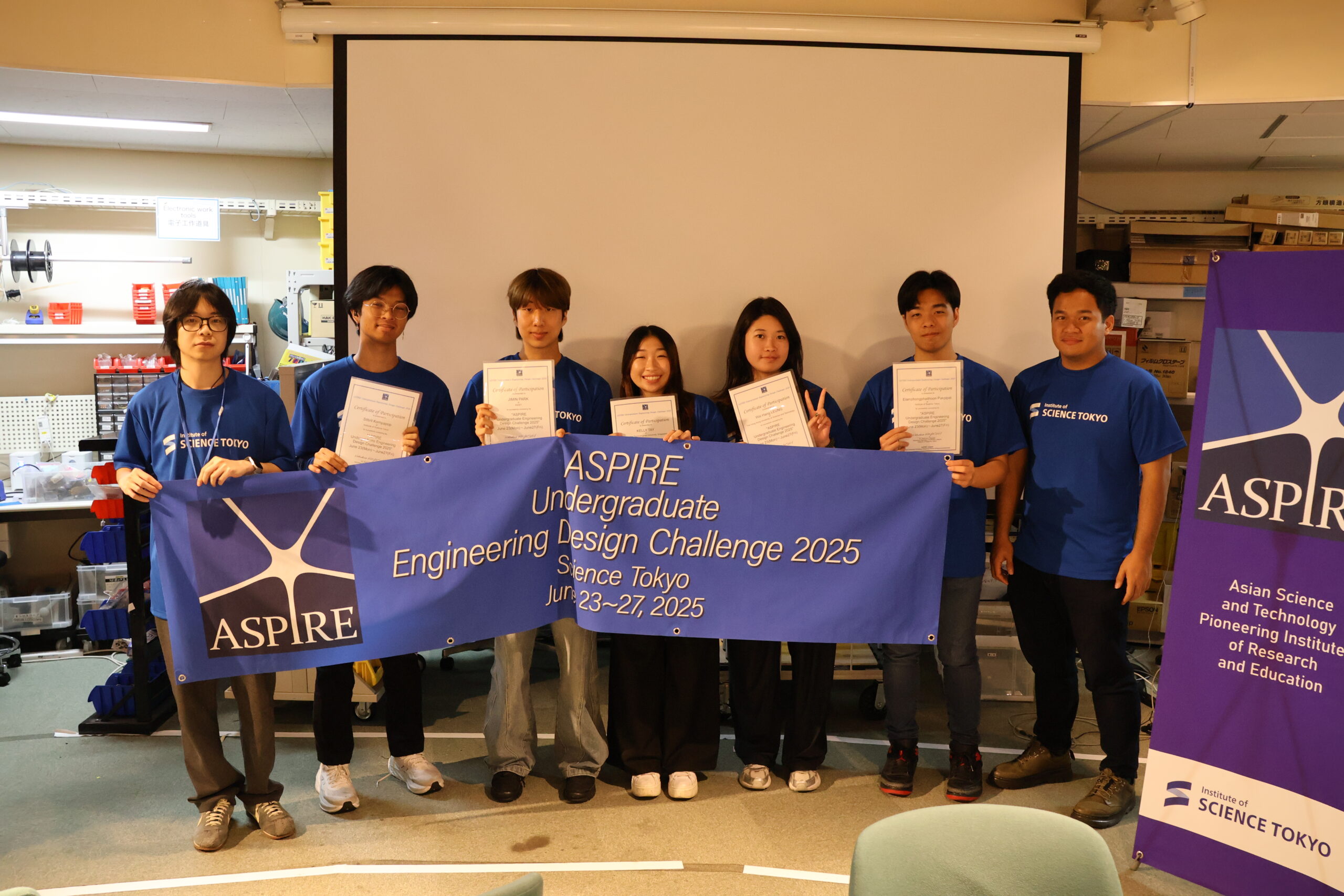
Group 2: participating students (the five individuals in the center) and teaching assistants (at the far right and far left).
Group 3: participating students (the five individuals on the right) and a teaching assistant (on the left)
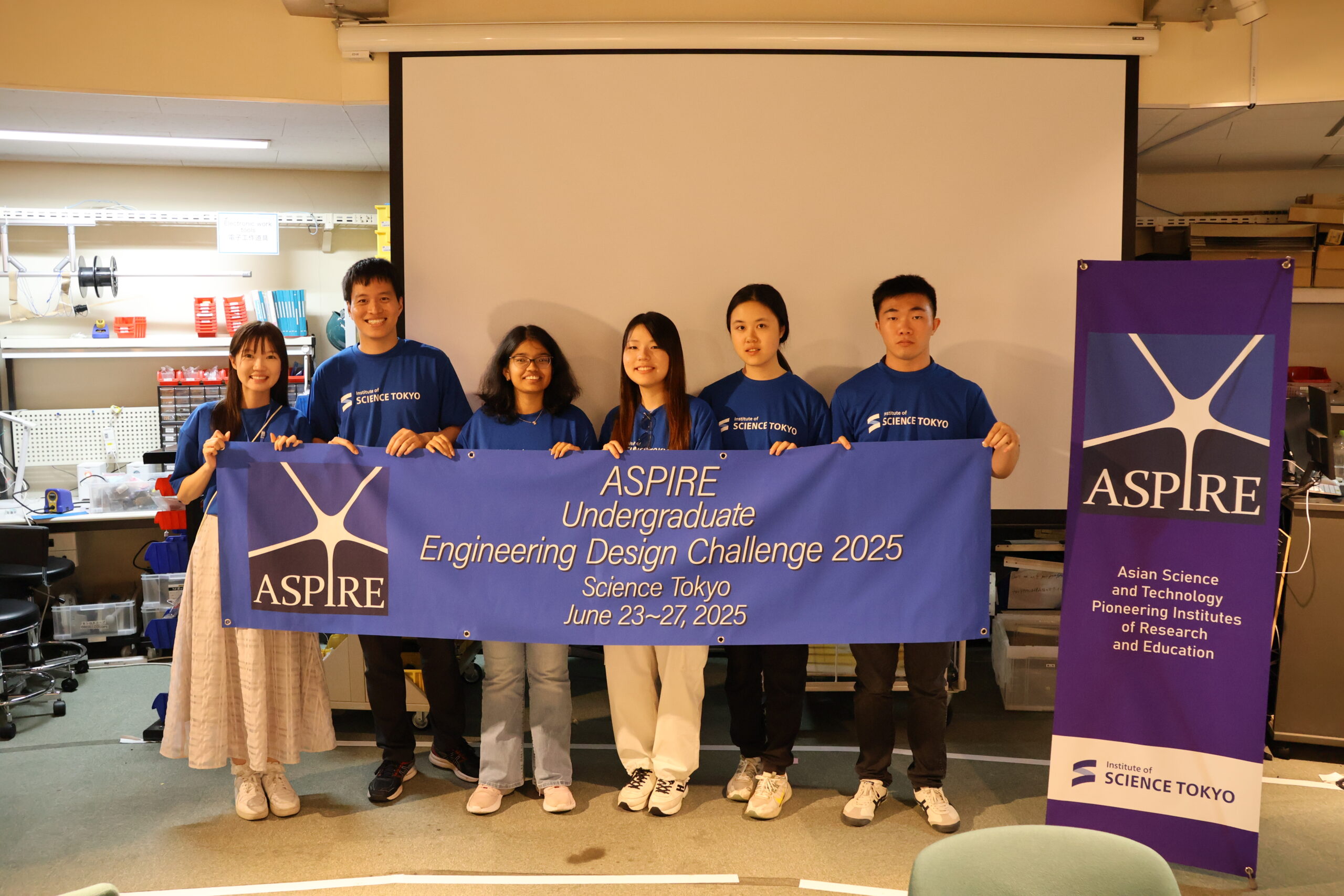
Group 3: participating students (the five individuals on the right) and a teaching assistant (on the left)
Group 4: participating students (all six individuals in the center) and teaching assistants (at the far right and far left)
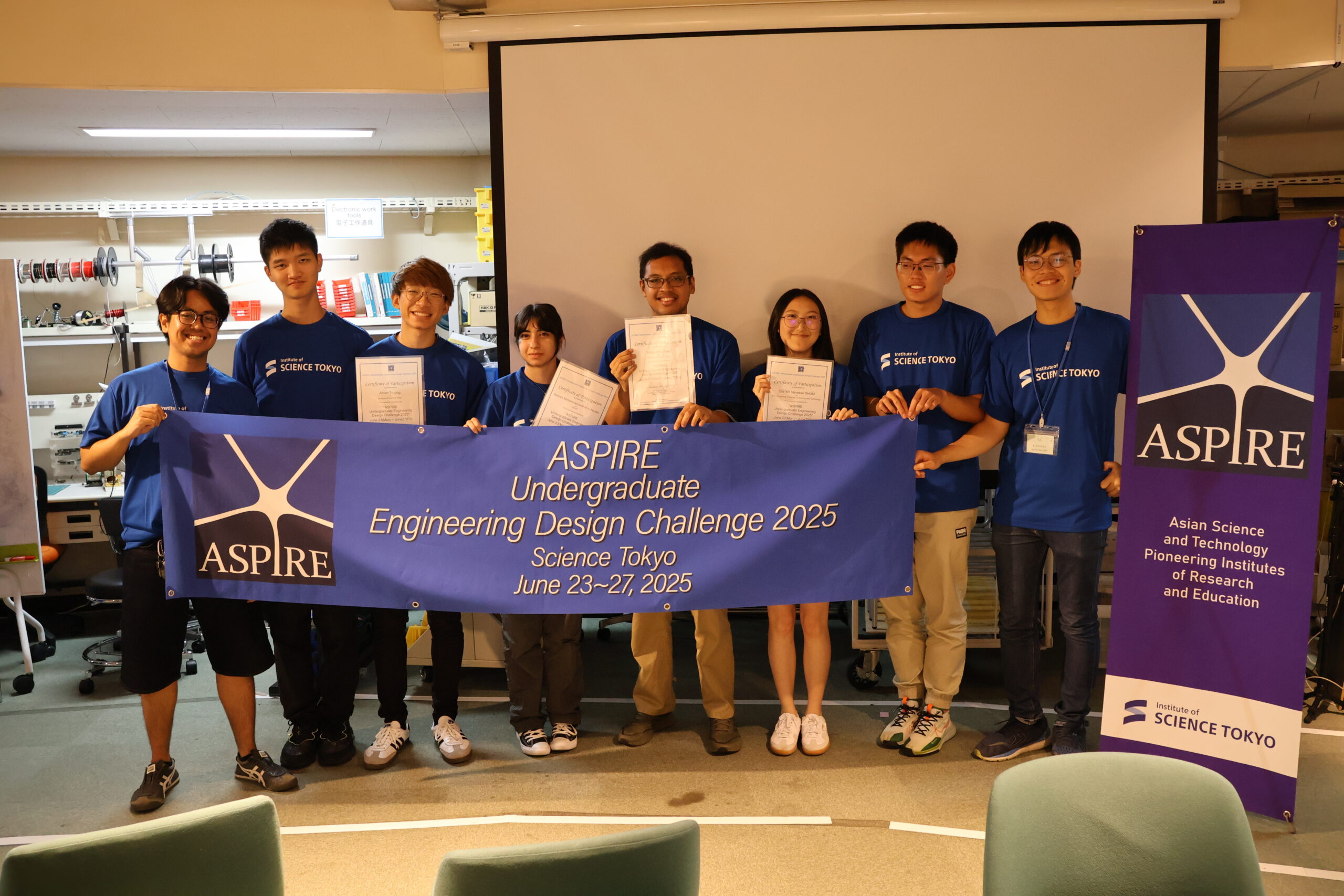
Group 4: participating students (all six individuals in the center) and teaching assistants (at the far right and far left)
Group 5: participating students (all five individuals on the right) and a teaching assistant (on the left).
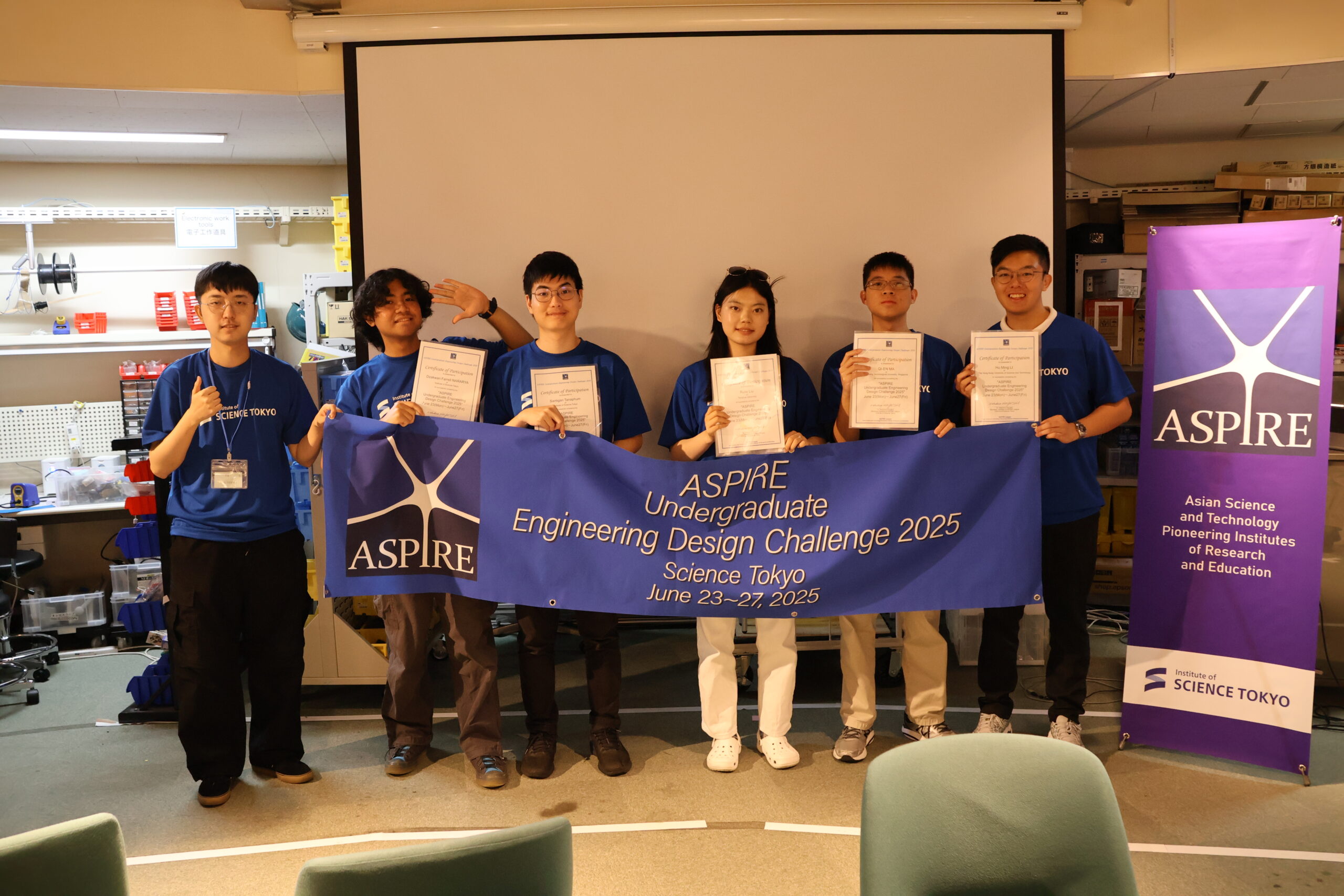
Group 5: participating students (all five individuals on the right) and a teaching assistant (on the left).
Professor Inaba and all teaching assistants
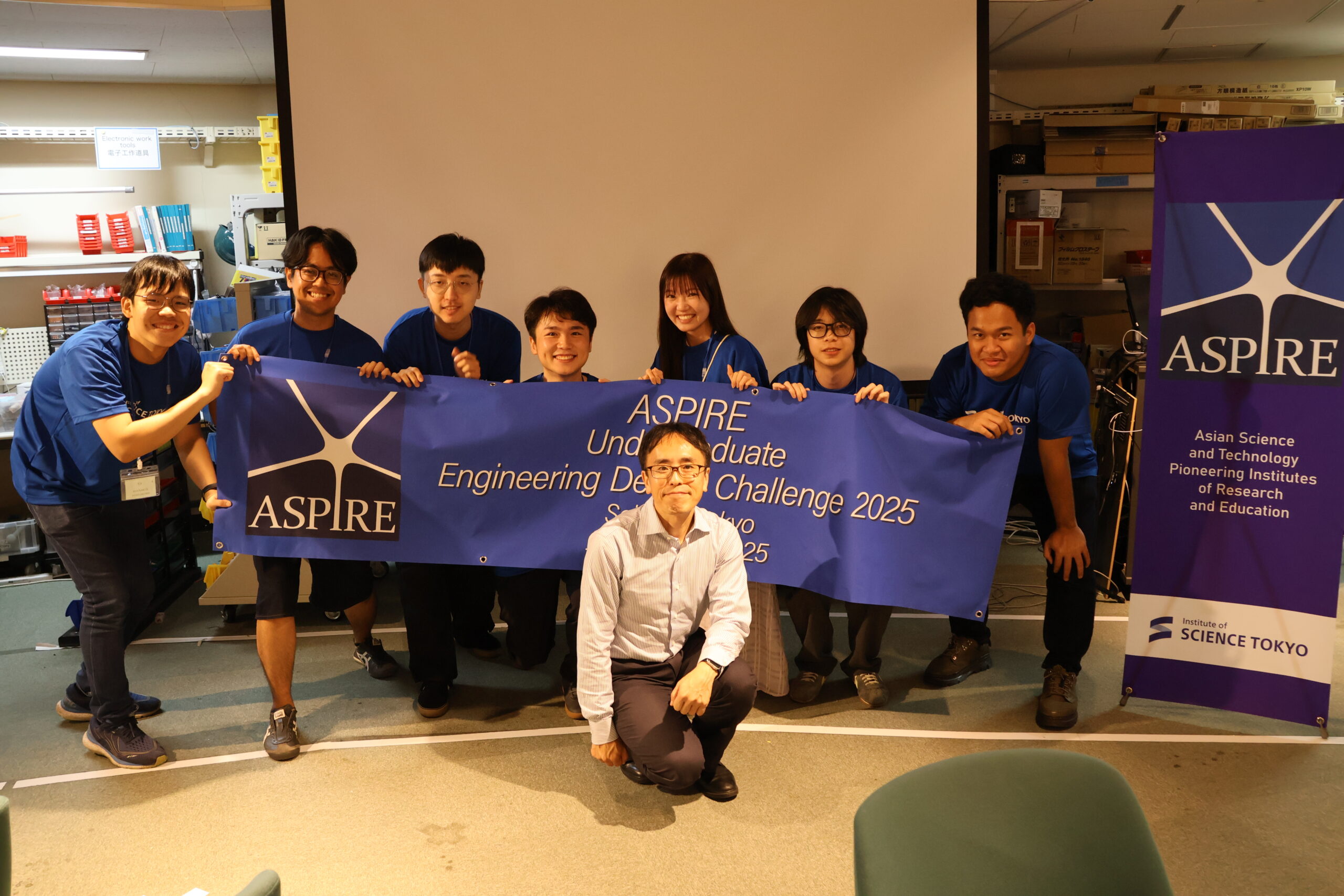
Professor Inaba and all teaching assistants
*The ASPIRE League is a consortium of top science and engineering universities in Asia, established in 2009 at the initiative of Institute of Science Tokyo (formerly Tokyo Tech), with the aim of forming a hub for innovation in Asia through the advancement of science and technology and the development of human resources. The five member universities are Tsinghua University (China), Hong Kong University of Science and Technology (China), Nanyang Technological University (Singapore), Korea Advanced Institute of Science and Technology (Korea), and Tokyo Tech, the last of which has served as the secretariat since its establishment.

